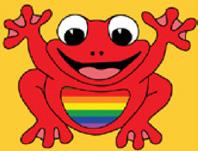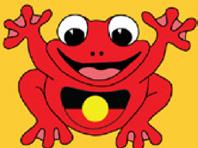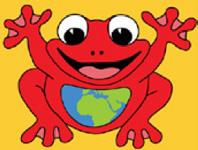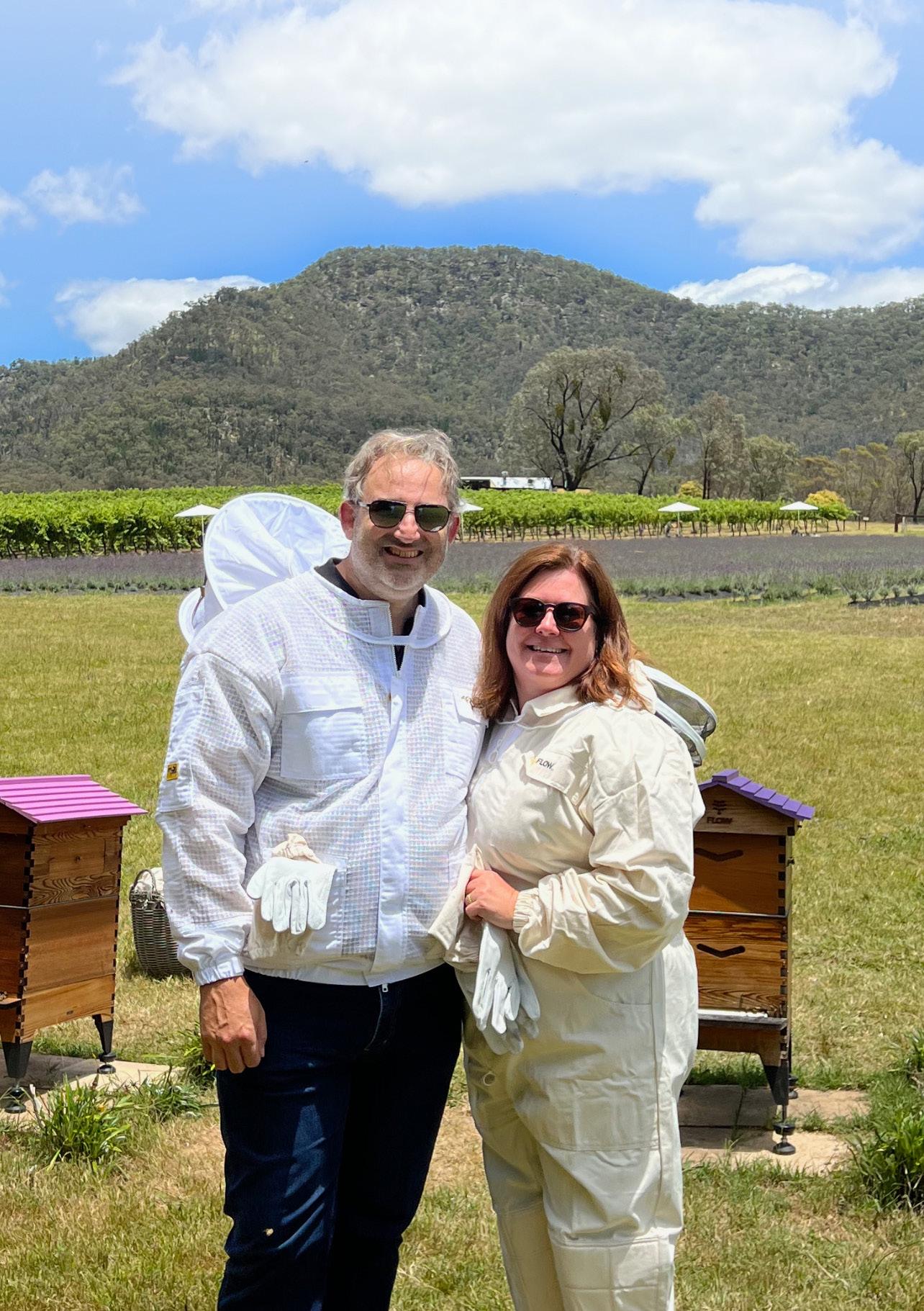


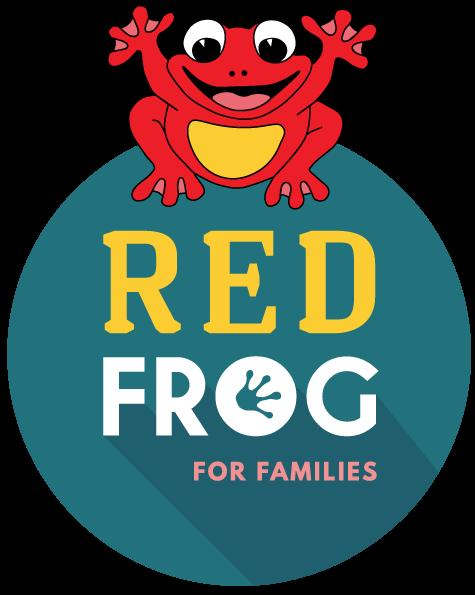
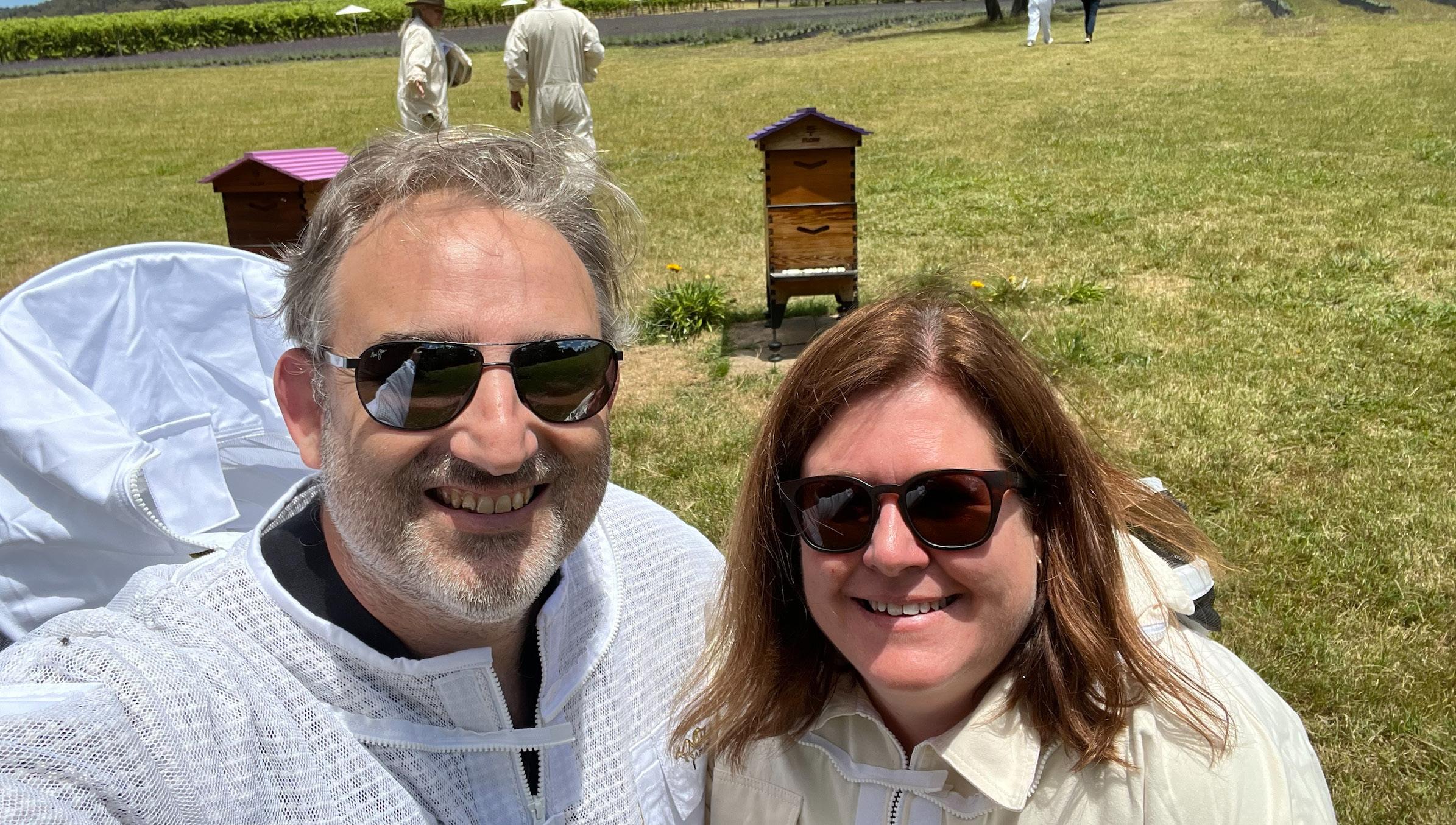






Dear Red Frog for Families Community,
As we launch the second issue of our magazine, we can’t help but feel a deep sense of excitement and gratitude. This edition is all about Nature, with a special focus on our Care Farm—a space that started as a personal passion project and has blossomed into a true sanctuary.
In 2019, we travelled to Ballarat to attend a CAFS Conference this was when our passion for care farming came to life. We saw how Farm Therapy (or Care Farming) made such a difference to peoples lives and it was just something we wanted to be part of. It was also were we met Chelle Houghton (Clinical Psychologist) who has been such an inspirational mentor to our team ever since. At the same course we were inspired by a quote from the book ‘Child Decoding-Unlocking Complex Issues in your Childs Learning Behaviour by Robin E. McEvoy, Kim Gangwish, and Marijke Jones which we had printed and continues to inspire us every day.
‘Occupational Therapy on a farm, with responsibilities that must be done regularly to maintain the land and the animal, can improve sensory skills, self-awareness, self-esteem, and relationships with others. Farms like children, involve growth, nurturing, hard work and down to earth fun!’
Spending time in nature offers countless benefits, and we’ve seen firsthand how powerful these experiences can be. Our Care Farm is designed to offer a variety of opportunities for connection, growth, and healing, Over the last two years we have seen the power of the farm to help in many areas.
We have always felt that nature isn’t just a backdrop—it’s an integral part of our daily well-being. When we wander through parks, stroll along garden paths, or relax on quiet beaches, we aren’t merely observing our surroundings; we’re fully immersed in experiences that touch every part of our hearts.
A Feast for the Senses:
Every time we step into nature, all of our senses just come to life and its just an amazing feeling to be immersed in the outdoors. It’s as if nature speaks directly to you and help provide the feeling of balanced and peace.
Movement and Joy:
We love how natural settings invite us to move. These moments of physical activity aren’t just exercise—they’re joyful experiences that remind us of our resilience and shared strength.
Exploring the outdoors has taught us so much about patience, responsibility, and creativity. We’ve learned to cherish the little things—a delicate flower, the sound of rain tapping on leaves, or the subtle shifts in the landscape—which in turn makes us more observant and thoughtful in our everyday lives.
For us, nature isn’t just a place to visit—it’s a shared sanctuary that nurtures our senses, bodies, and souls every single day. We love the community we have started to create at the Care Farm and we couldn’t do it without a fabulous ‘Farm Family”:
Bee Hives with Ben the Bee Man:
Learn about the fascinating world of bees, their importance to our ecosystem, and even get a taste of our farm’s own honey.
Goat Care with Karissa the Goat Lady:
Meet our playful and curious goats, understand their care needs, and experience the joy of interacting with these gentle animals.
Equine Therapy with Nadia:
Connect with our wonderful horses in guided equine therapy sessions, designed to foster confidence, emotional resilience, and mindfulness.
The Gorgeous Vege Patch with Rochelle: A passion project turned thriving garden, this space is all about growing, harvesting, and appreciating fresh, delicious produce straight from the earth.
The Overall Magic of Nature:
Whether it’s wandering through the trees, listening to the birds, or simply breathing in the fresh air, the Care Farm is a place where you can reconnect with yourself and the world around you.
A Calming Retreat:
Autumn is a special time to be in nature—the crisp air, the changing leaves, and the earthy scents make it the perfect season for exploring, learning, and simply being present. As we continue to open our Care Farm to more families, we look forward to sharing this space with you and embracing the healing power of nature together.
Thank you for being part of this journey. We hope this issue inspires you to step outside, take a deep breath, and reconnect with the natural world around you.
With gratitude,
Rochelle & David Appleby Editors, Red Frog for Families Magazine
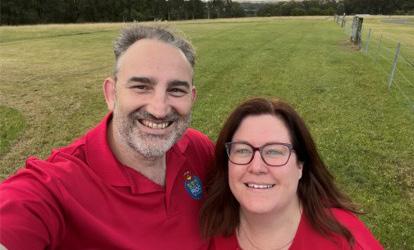
Whenever life feels overwhelming, we find solace in nature. It is a great opportunity to discover some mindfulness and just let nature works its magic on any worries we may have had from our day. Want to be a contributor? We would love to hear your ideas for what you want to see from the magazine, please email: magazine@rf4f.com.au
These days, kids are spending more time indoors, glued to screens, and missing out on the simple joys of nature. With increasingly packed schedules and the understandable cautious parenting, outdoor play has taken a backseat, but research shows that nature is a game-changer for kids’ social, emotional, and physical development. Despite its benefits, nature is still missing from most therapy practices.
Nature-Based Therapy is all about bringing the outdoors into therapy sessions. Instead of sitting in a clinic, kids get to experience real-life, hands-on interactions in natural spaces, helping them grow in ways traditional therapy can’t always achieve.
Gardening Therapy: Planting, watering, and growing things teaches responsibility and builds fine motor skills.
Animal-Assisted Therapy: Interacting with animals helps develop empathy, confidence, and emotional regulation.
Ecotherapy: Being outside in nature can reduce stress, improve focus, and boost mood.
Wilderness Therapy: Outdoor adventures like hiking or camping build resilience, teamwork, and independence.
Spending time outdoors has a huge impact on kids, helping with:
Physical Health: Running, climbing, and exploring build strength, coordination, and balance.
Emotional Well-being: Nature has a calming effect, helping with stress, anxiety, and mindfulness.
Social & Communication Skills: Group activities outdoors boost teamwork, confidence, and self-expression.
Creativity & Problem-Solving: Open-ended play in nature sparks imagination and critical thinking.
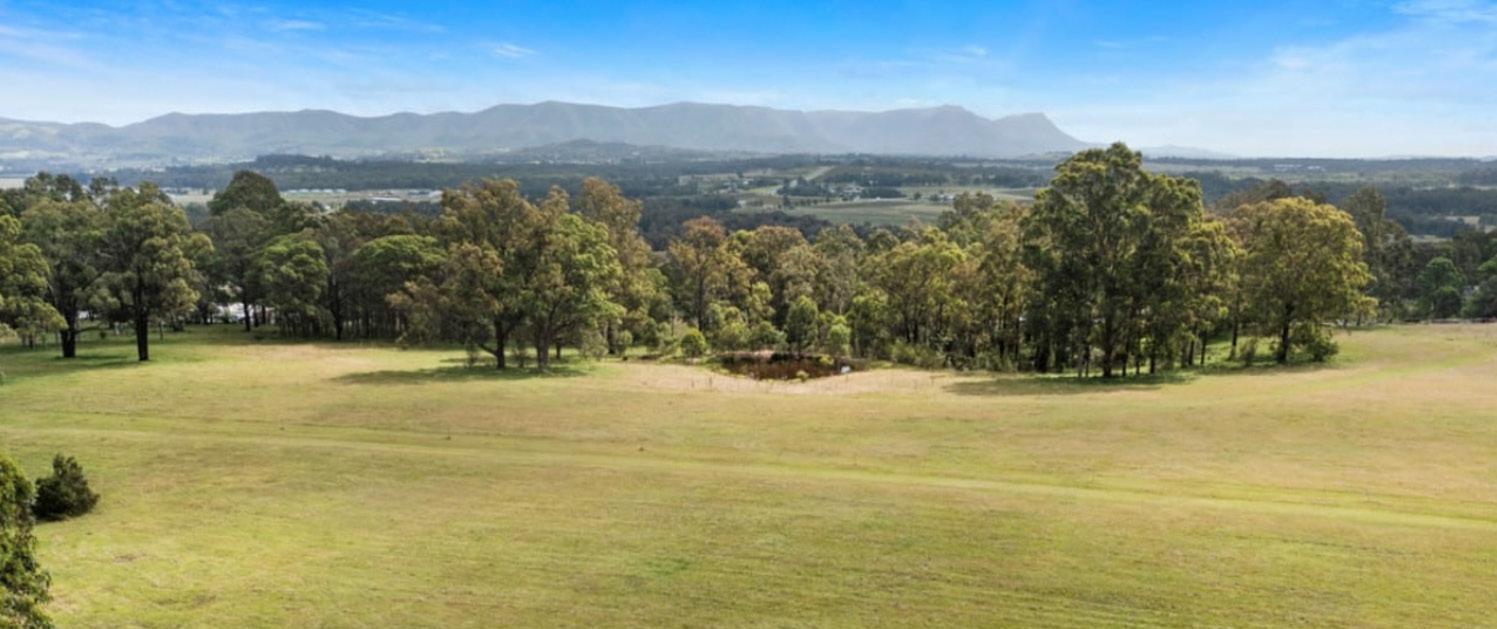

You don’t need a grand plan—just getting outside can make a big difference! Some easy ways to add nature to therapy sessions include:
Nature Walks: Observing the world around them builds curiosity and sensory awareness.
Gardening Activities: Teaching patience, responsibility, and an appreciation for the environment.
Outdoor Sensory Play: Exploring different textures, sounds, and sights in nature.
Animal Interactions: Building social and emotional skills through caring for animals.
Storytelling & Games: Making up stories inspired by nature or playing scavenger hunts to boost creativity and engagement.
Mindfulness in Nature: Practicing deep breathing and relaxation exercises in a peaceful outdoor setting.
Nature isn’t just a nice extra—it’s a powerful tool for helping kids grow, learn, and thrive. By bringing the outdoors into therapy, we can help children develop confidence, resilience, and essential life skills while making the experience fun and engaging.
It’s time to step outside and let nature do its magic!
Nestled in the heart of Lovedale in the Hunter Valley, in Wonnarua country, the Red Frog Care Farm is more than just a farm—it’s a place where love, care, and community come together in the most beautiful way. And really, could there be a more fitting location than Lovedale? The moment you arrive, you can feel it—the warmth, the inclusivity, and the sense of belonging that radiates from this special place.
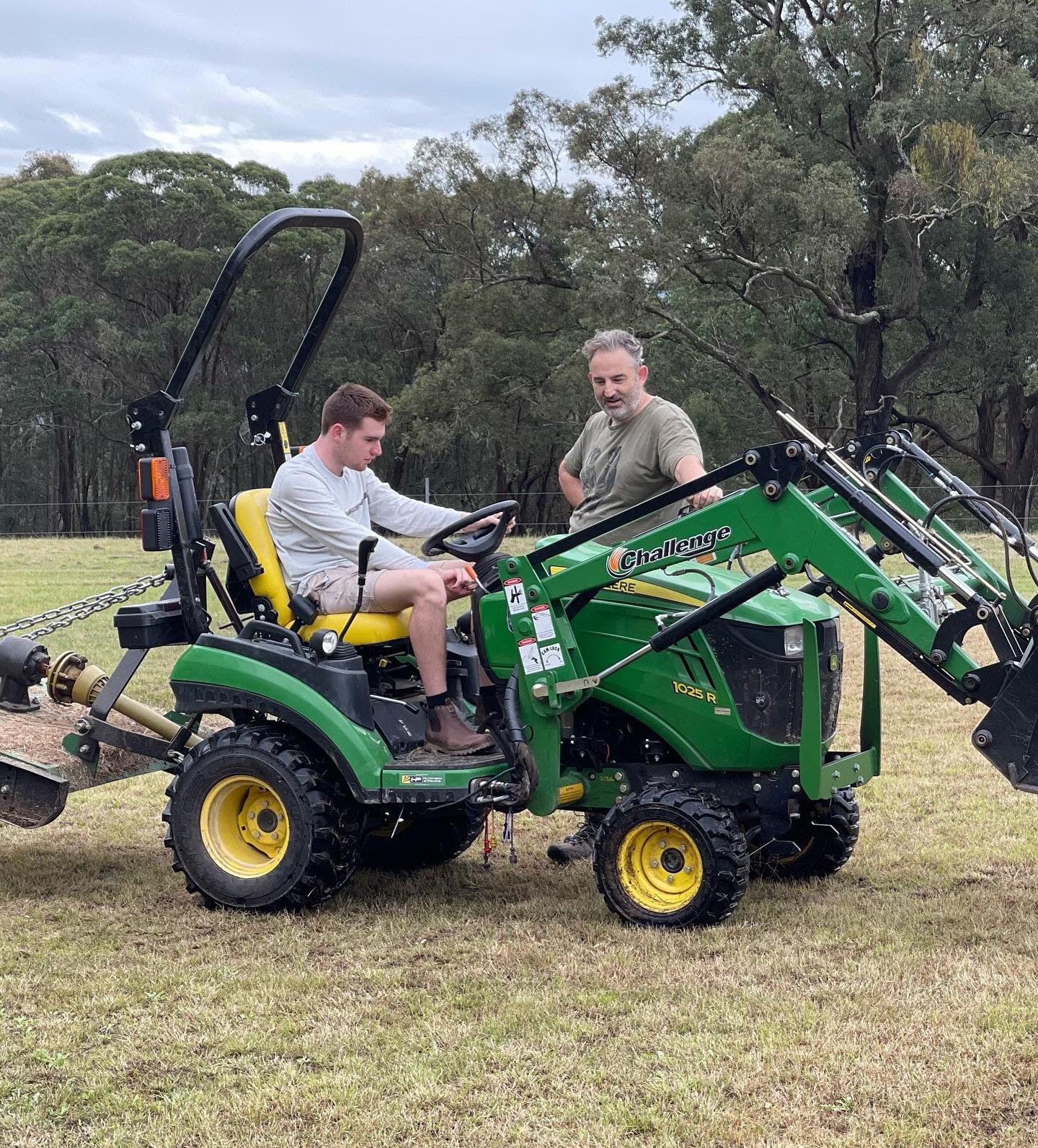
The farm is not just a haven for its visitors, but also for the incredible people who bring it to life. Created by Rochelle and David Appleby, it’s a true labour of love, supported by an inspiring ‘farm family’ who each bring their unique passions to the land.
There’s Ben the Bee Man, Nadia the Equine Therapist, and Karissa the Goat Lady, all working alongside Rochelle and David to make this place truly extraordinary.
Rochelle tends to a magnificent seasonal vegetable garden, a skill and passion passed down from her grandfather, David & Rochelle are the hands-on heart of the farm—maintaining the land and ensuring everything runs smoothly.
From the moment you set foot on the farm, a sense of calm washes over you. There’s something truly grounding about being in nature, surrounded by people who are not just caretakers of the land, but custodians of something much bigger—connection, inclusion, and passion. Each of these remarkable individuals has a day job, yet their work at the farm is driven purely by love.
And that love is never more evident than on Red Frog for Families Farm Days, when children arrive—some uncertain, some hesitant—only to leave at the end of the day buzzing with excitement, empowered by new experiences, and feeling like they’ve become part of something magical.

The Red Frog Care Farm is hard to put into words because, quite simply, it’s something that needs to be experienced. It’s a place where nature and nurture go hand in hand, where every visitor—big or small—walks away with a full heart. And who knows?
It might even inspire you to discover your own passion along the way.
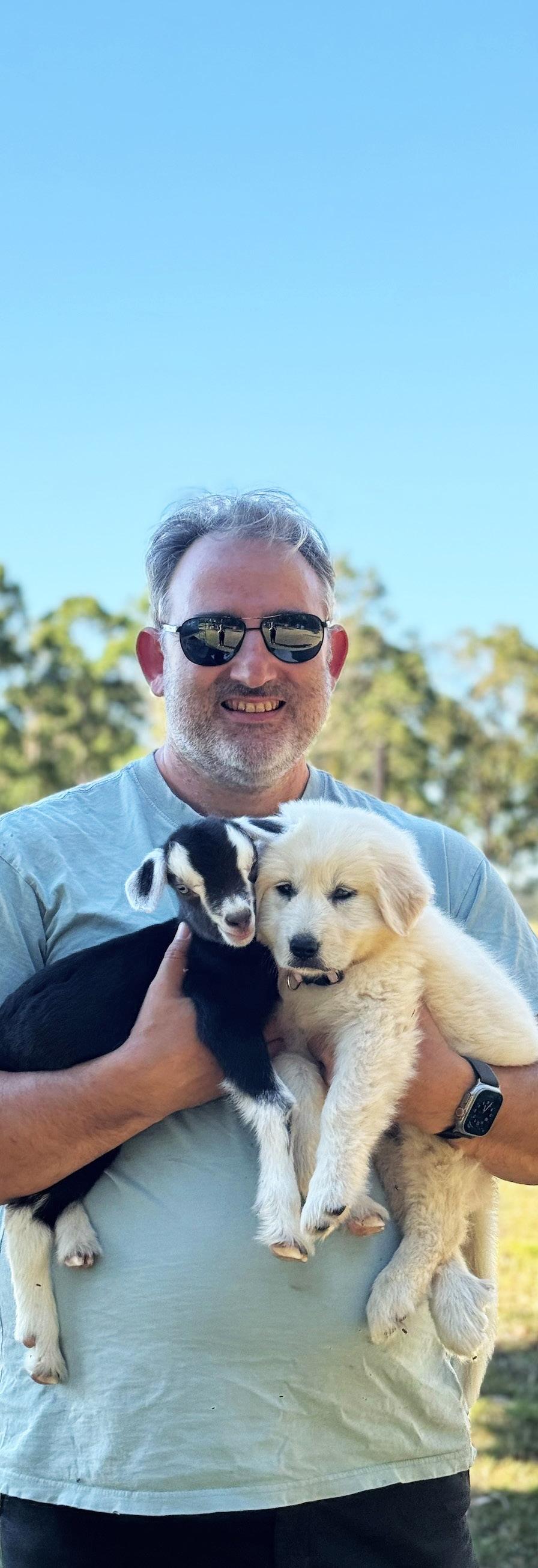
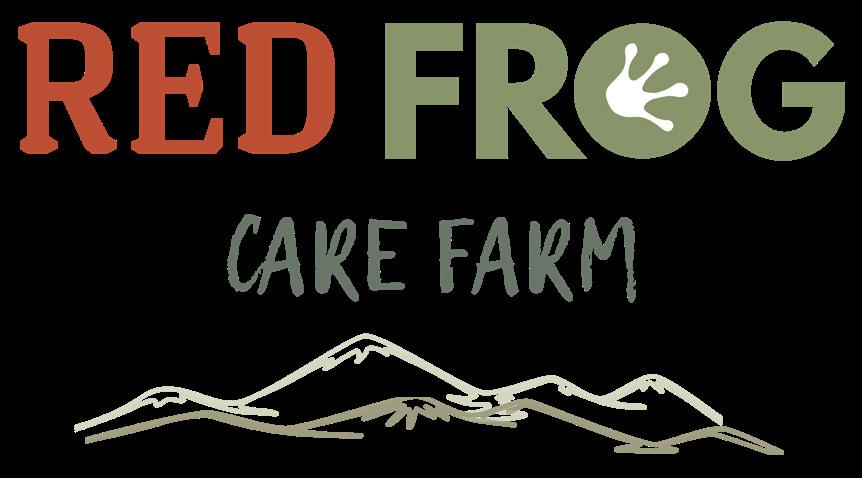
Karissa is the passionate force behind Percy’s Place, a goat rescue and sanctuary born from a simple need to manage vegetation sustainably. A nurse by trade and an animal lover at heart, she never expected to find herself rescuing goats—but once she saw the harsh realities of the industry, she couldn’t turn away. What started with a few rescued bucklings has grown into a thriving sanctuary built on trust, compassion, and community.
Through her work with the care farm, Karissa has seen firsthand how goats can transform lives—helping children build confidence and bringing people together in unexpected ways. In this Q&A, she shares her journey, the surprising nature of goats, and why Percy’s Place is about more than just animals—it’s about people, too.

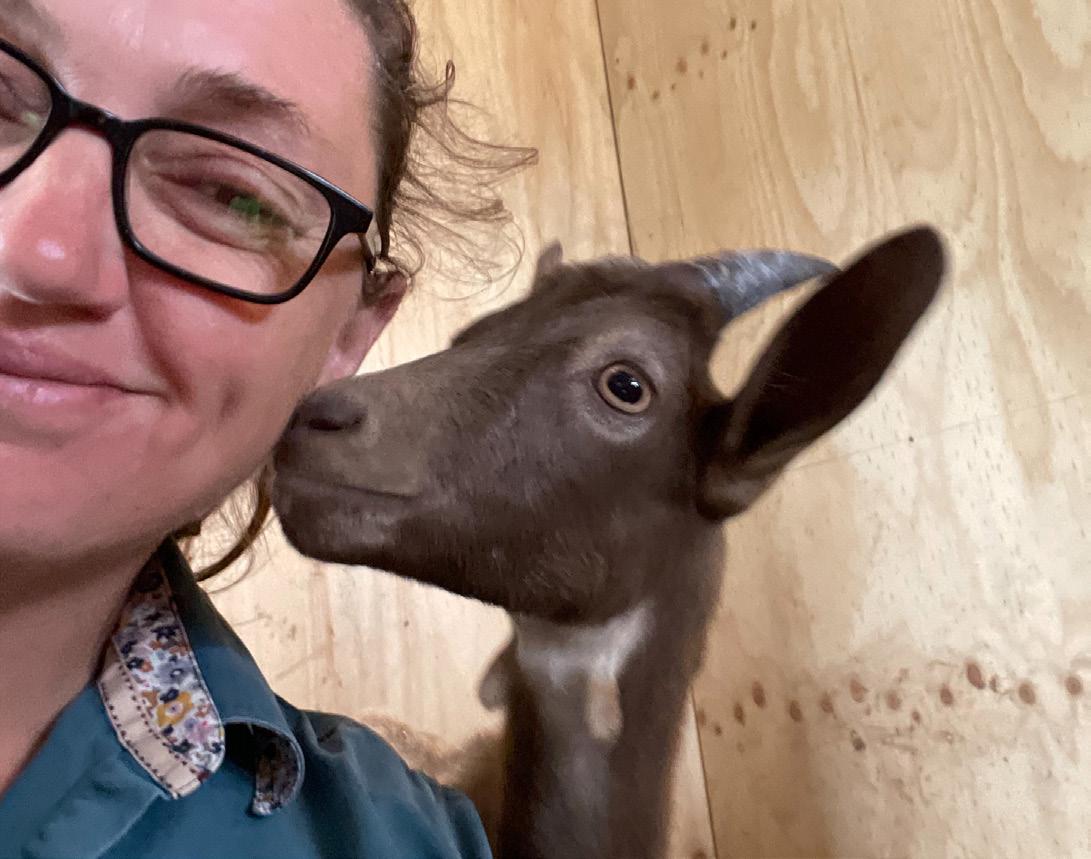
Q: What inspired you to create Percy’s Place?
Karissa: Well, I’m a bit of a mad goat lady—wasn’t always, but I have been for a while now. My wife and I started a home business because we wanted to manage vegetation on our property in a way that didn’t involve machines, petrol, or environmental damage. That led us to using goats for land clearing, which was great.
But as we explored the goat industry in Australia, we realised it was pretty cutthroat. The welfare of goats that didn’t make people money wasn’t a priority for many breeders, and that just didn’t sit right with us.
We stumbled upon an organisation that rescues male dairy calves—because in the dairy industry, they’re seen as worthless. That got me thinking: If cows are being rescued, what about goats? So, I messaged every goat producer within 50 kilometres, asking what they did with their baby buckling’s. Out of about five messages, I got one response. The breeder thought I was a bit crazy but agreed to meet.
That’s how we got our first rescues—three tiny, weekold buckling’s named Percy, Dominic, and Pierre. Percy, in particular, stole our hearts, but he passed away at eight weeks old. His loss stuck with us, and it fuelled our drive to save more goats. Today, we work with multiple producers who give us their unwanted baby goats each year, giving them a chance at life instead of being discarded.
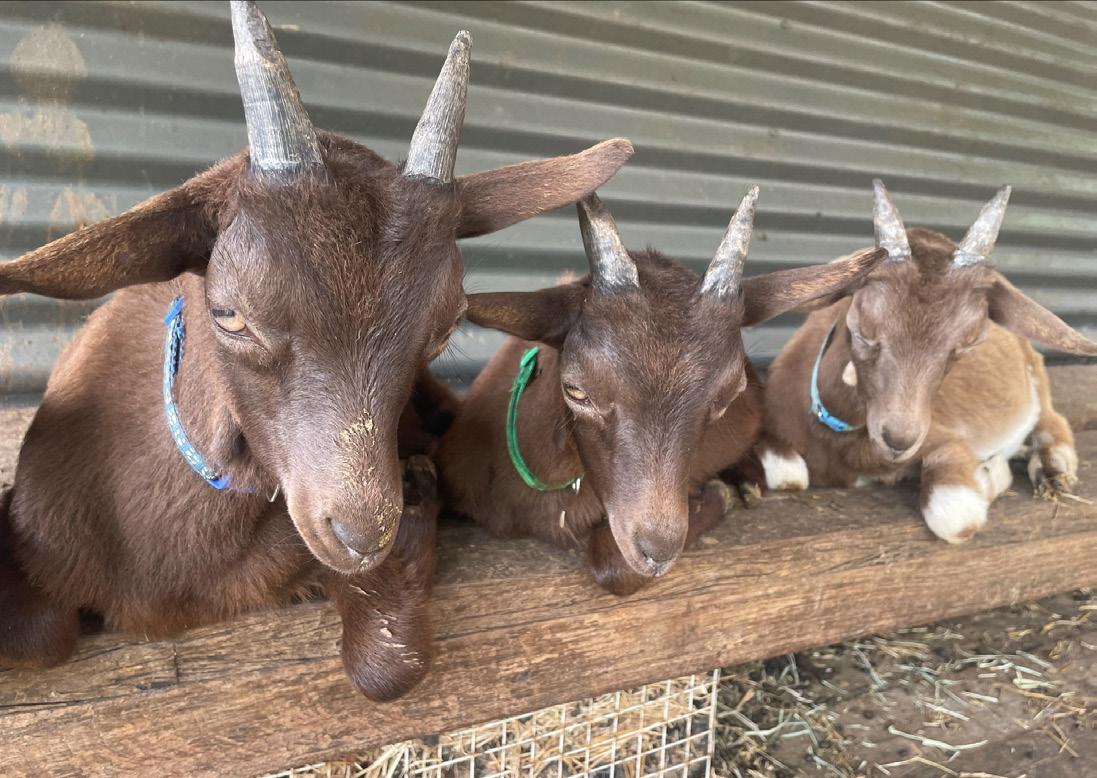
Q: How did you become involved with the Care Farm?
Karissa: I’d love to say it was me, but really, it was the goats.
We take our baby goats to events, like Tocal Field Days, to educate people about rehoming and rescue. That’s where we met David and Rochelle from the Care Farm. They booked us for a land-clearing job—it was one of our first major jobs after I quit my previous career.
I remember showing up on a cold winter’s day with my working goats and my little puppy helper. Rochelle and David could’ve just been another job, another transaction, but from the moment we met, there was something different. They didn’t just see a service— they saw us. They took the time to ask questions, to understand what we did and why we did it.
Over time, that professional relationship evolved into something so much deeper. They didn’t just become clients—they became family.
I think about all the moments in between—the cups of tea after long, exhausting days, the quiet understanding when we lose an animal, the way we can show up, mud-covered and exhausted, and still feel completely at home with each other. There’s something about the way they welcomed us into their world, without hesitation, without conditions, which changed everything.
They believed in what we were doing before we fully believed in it ourselves. And that’s the kind of support that doesn’t just help you grow—it makes you brave enough to dream bigger than you ever thought possible.
Q: What kind of impact have you seen on children at the Care Farm?
Karissa: I’ve been a nurse for years, particularly in emergency care, so I’ve worked with kids in all kinds of situations. In a hospital, children are often sick, scared, or withdrawn. At the farm, I see the opposite—kids open up in a way that’s almost magical.
When they first arrive, some kids are nervous or unsure. But after spending time outdoors, walking around, and interacting with the goats, you see a complete transformation. Their confidence grows. Their body language changes. The first time they touch a goat— especially one they were initially scared of—you can see their whole mindset shift. They’re suddenly eager, engaged, and full of joy.
One of the most beautiful things I’ve seen is when a child who has been to the farm before helps a new child. It builds leadership, confidence, and social connections that they might not have the chance to develop elsewhere.
Q: What is it about goats that makes them so good for vegetation management?
Karissa: Goats are browsers, which means they don’t just eat grass—they eat plants at ground level, eye level, and even reach up to 1.2 metres high. That’s ideal for clearing land because they target the exact height where snakes hide, which helps reduce fire risks.
They’re also non-selective eaters, meaning they’ll munch on a wide range of vegetation instead of being fussy. That makes them highly effective at land clearing compared to other grazing animals.
Q: What are some surprising things about goats?
Karissa: Their personalities, for one. Each goat has its own quirks, preferences, and even friendships. Some are social, some are shy, and some—like Pudding— have an incredible ability to sense when someone needs comfort.
They’re also highly trainable. Our goats respond to voice commands, follow us around, and even load themselves onto the trailer when it’s time to move. It’s like having a herd of very independent, slightly stubborn dogs!
Q: How do you come up with their names?
Karissa: Since we have so many goats, we name them in themed batches.
For example, we once rescued 22 babies over ten weeks, which nearly led to a divorce (kidding… kind of). Naming that many individually would’ve been impossible, so we went with cheese names— Gorgonzola, Mozzarella, Pecorino, and so on.
Other themes we’ve used include:
• Movie characters (Colin, David, and Billy Mack from Love Actually)
• Chocolate bars (Top Deck, Fruit & Nut, Twix)
• Classic rock bands
It helps us keep track of them, and honestly, it makes it more fun.
Q: What’s next for the sanctuary?
Karissa: There are two big things on the horizon:
1. Sustainability – We’re getting more requests to take in unwanted baby goats, as well as re-home adult goats’ people can no longer care for. We need to make sure we can manage this growth in a way that keeps the health and welfare of the goats our top priority.
2. Expanding our team – Right now, it’s just the four of us running everything, and that’s not sustainable long-term. But bringing new people in is tricky—we need to find the right fit, people who genuinely align with our values and won’t take advantage of the trust and relationships we’ve built.
Q: Can people get involved?
Karissa: We’d love to eventually set up a volunteer program, but we need to do it in a way that protects the trust and safety of our farm community. Right now, we’re still figuring out what that looks like.
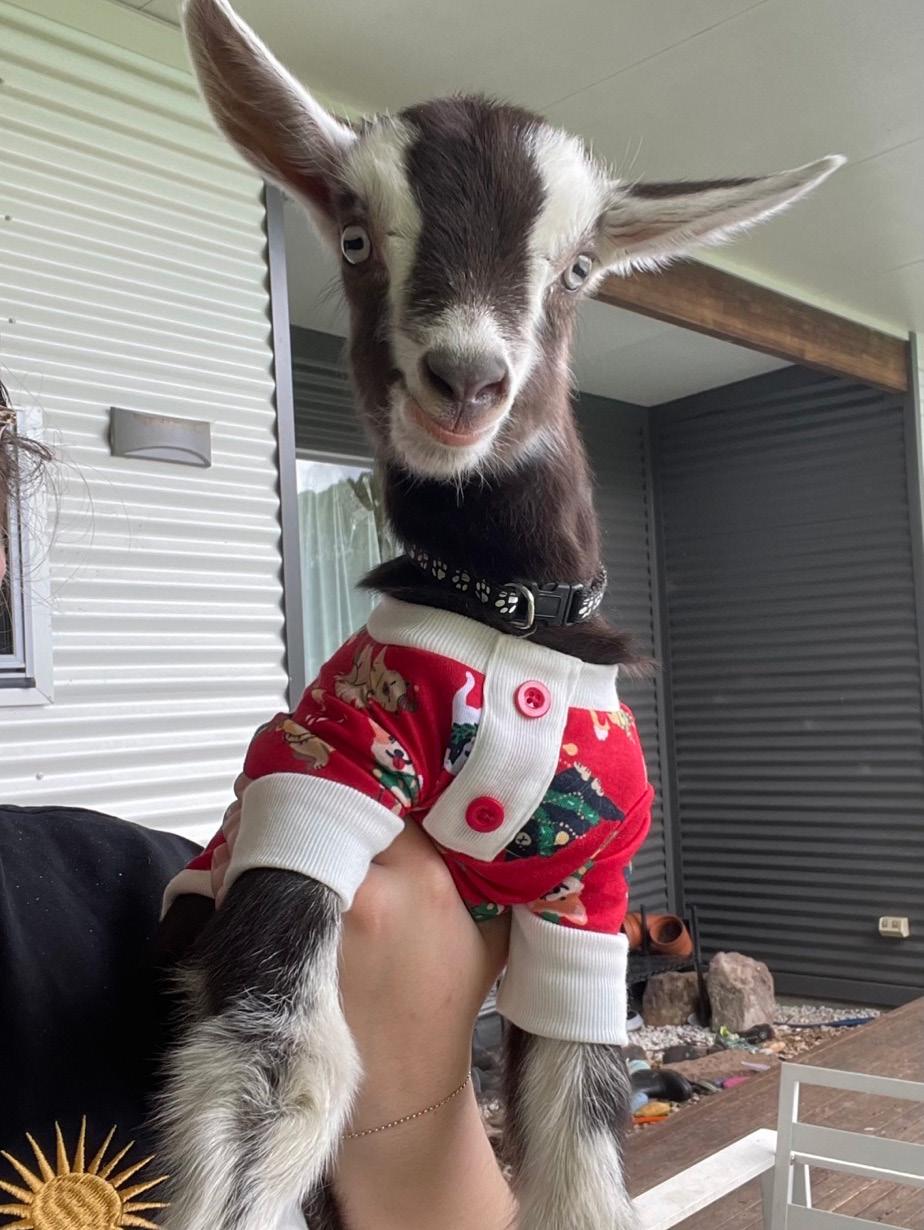
Q: What’s the most rewarding part of this work for you?
Karissa: You’d think I’d say the animals—and they are a huge part of it. But honestly? It’s the people.
David & Rochelle didn’t just welcome us onto their land—they welcomed us into their lives.
They’ve built something extraordinary here, and instead of keeping it to themselves, they’ve shared it—with us, with the kids who visit, with every lost and wandering soul who finds their way to this farm.
I think about the quiet moments. Sitting in the paddock at the end of the day, exhausted but content. Laughing over a meal, covered in mud, knowing that no matter how hard the work is, we’re not doing it alone.
This place is more than a sanctuary for goats. It’s a sanctuary for all of us.
And somehow, through a mix of good fortune, trust, and a lot of stubborn determination, goats have become the key to unlocking something truly special—a place where kindness, connection, and community thrive.
For 13 years, Nadia served in the police force, including the Mounted Unit, where her love for horses was part of her daily work. But after being medically retired, she faced the challenge of rebuilding her life. Horses became her anchor, giving her purpose on even the hardest days.
Through her own healing journey, she discovered equine-assisted therapy and became the first NSW police officer to undergo EMDR therapy with horses. The experience was life-changing, leading her to train as an equine-assisted practitioner and counsellor. Now, as part of Red Frog Care Farm, Nadia is dedicated to helping others—especially first responders—find healing, resilience, and a true sense of belonging through the power of horses.
Q: You spent 13 years in the police force before being medically retired. What was that transition like?
Nadia: It was really tough. I had always imagined policing as my lifelong career, and suddenly, I found myself at a crossroads. I didn’t know what was next. But the one constant in my life had always been horses.
When I first left the police, they were my reason to get up each morning. They gave me structure, purpose— even on my worst days, I had to get out of bed to feed them. There was one horse in particular, a bit of a troublemaker, and I’d think, Well, if I don’t get up, who’s going to keep him in check?
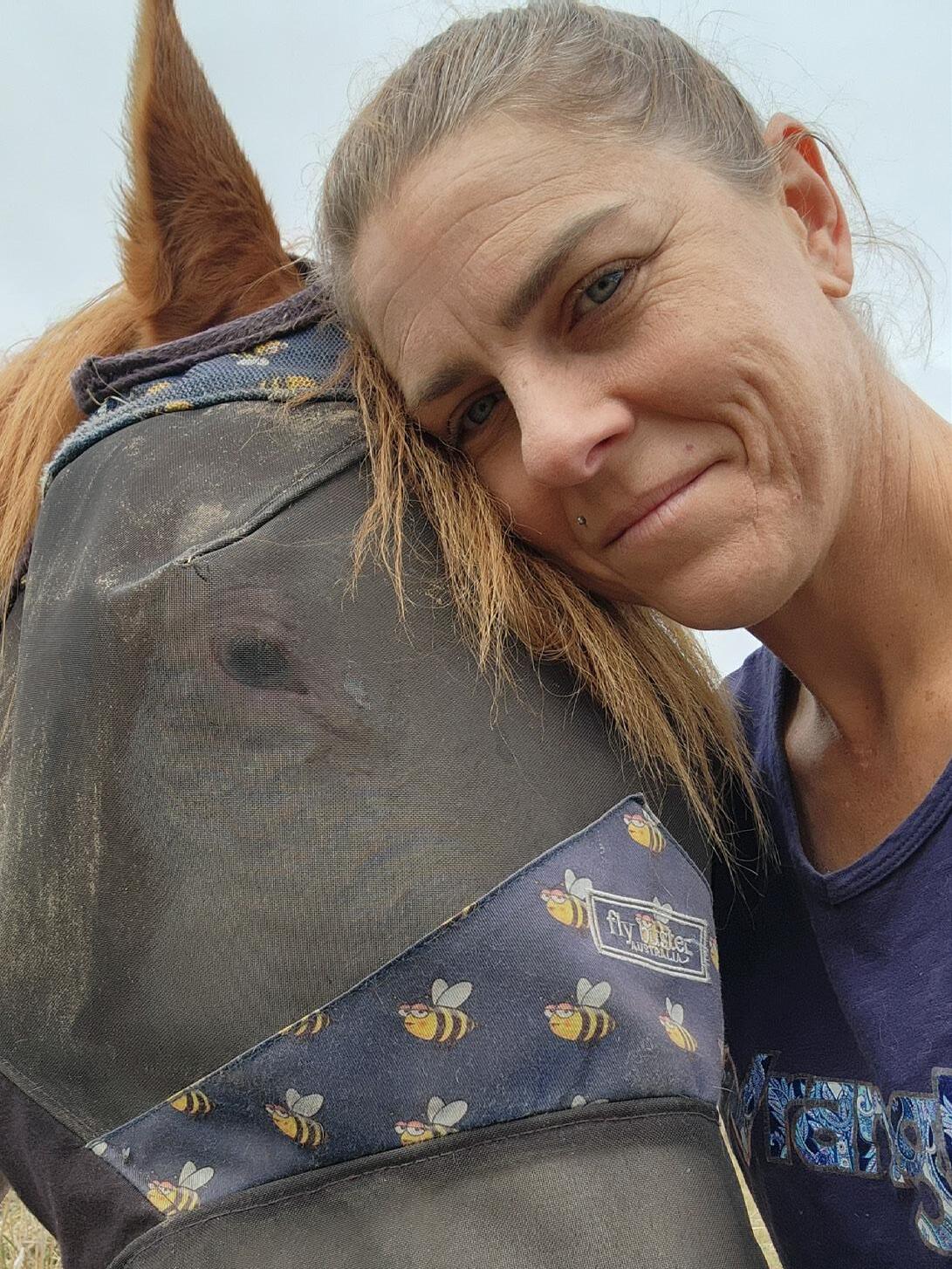
Q: At what point did you come across equine-assisted therapy?
Nadia: As I worked through my recovery, I sought out therapy and was introduced to EMDR (Eye Movement Desensitization and Reprocessing). What made it different was that it was done with horses.
I was actually the first person in the New South Wales Police to receive equine-assisted EMDR therapy. It took some hurdles to get approval, but I had a great team behind me.
The experience was profound. The horses naturally held space in a way that no person ever could. One of them, Pixie, would just come and stand with her muzzle on my head while I was in session. And as soon as we finished, she’d take a deep breath and walk away—like, Alright, my job here is done.
Q: That must have been a turning point for you. How did you go from receiving therapy to becoming an equine-assisted practitioner yourself?
Nadia: I saw how much it helped me, and I knew I wanted to help others the same way. I asked if they would fund my training, and they did. So, I headed to Victoria for an intensive three-week program at an equine therapy institute to become a certified equine-assisted practitioner.
On top of that, I completed a Diploma in Counselling, and now I’m working on a Diploma in Mental Health and Trauma-Informed Care. My goal is to specialise in working with first responders and emergency service workers—because I know the need is huge.
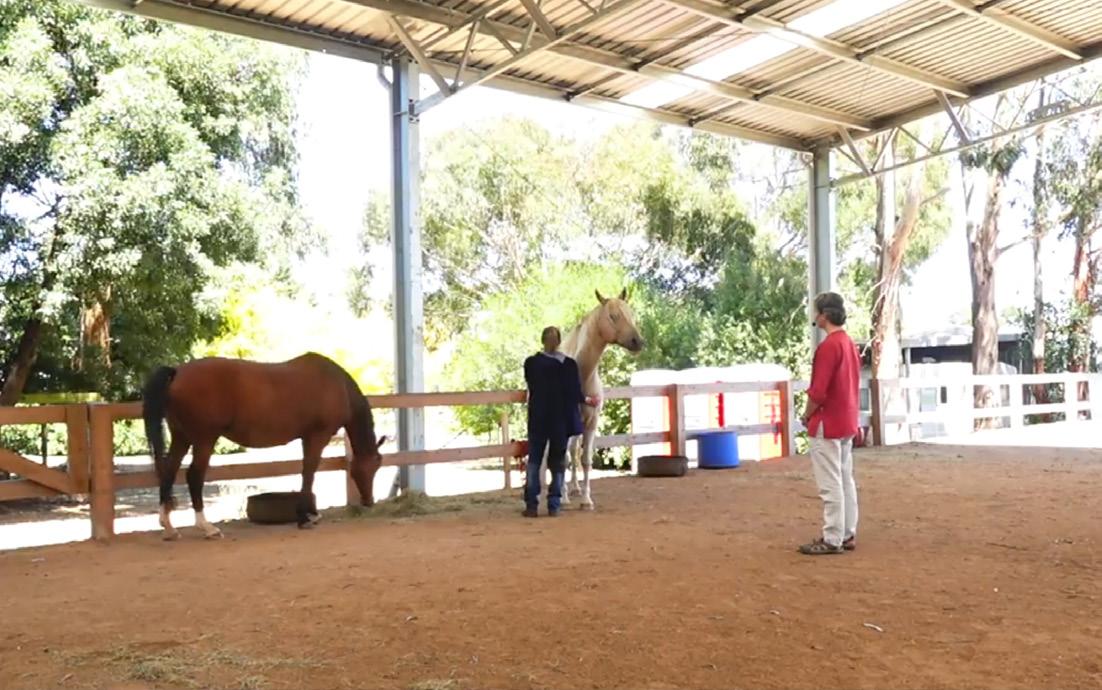
Q: Can you explain what equine-assisted therapy actually involves?
Nadia: It’s not just about brushing horses or riding them. The horses act as facilitators for emotional healing.
They mirror human emotions, helping people recognise patterns in their own behaviour. For example, someone might say, Oh, that horse is being mean to the others, and when I ask why they think that, they start unpacking their own experiences—things they may not have even realised were affecting them.
Every session is different. A client may arrive feeling overwhelmed, and instead of following a structured plan, we might just focus on grounding techniques and being present with the horses. The horses hold space in a completely non-judgmental way, which allows people to process things naturally.
Q: How did you get involved with Red Frog Care Farm?
Nadia: That’s actually a funny story—it all started with goats!
I had some goats that needed a temporary home, and I reached out to Karissa from Hunter Valley Goat Hire. She welcomed them in without hesitation. That was my first introduction to the Red Frog for Families community.
At first, they didn’t think they’d hear from me again. But I kept coming back, helping out, and eventually, I brought my horses to one of their farm days. That’s when Rochelle (one of the founders) told me, You don’t have to take them home if you don’t want to, and just like that, my horses had a new home.
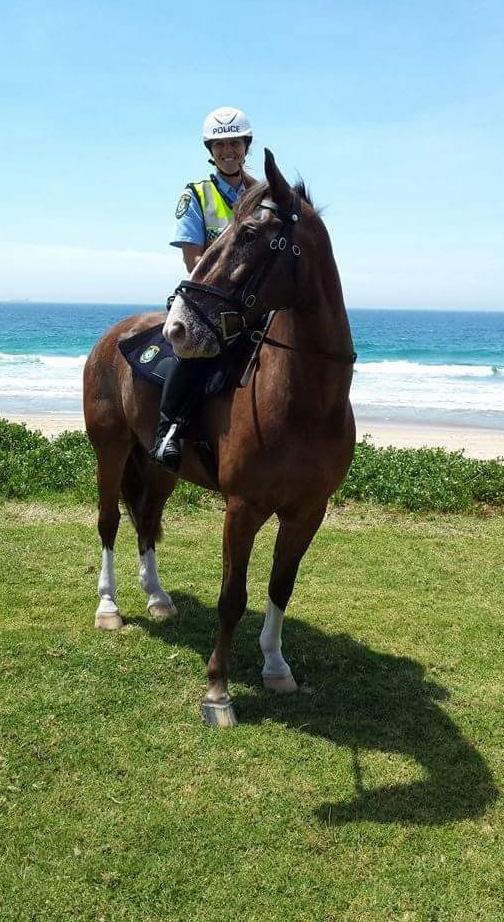
Q: You’ve spoken a lot about the Red Frog community. Can you share more about your connection with David and Rochelle?
Nadia: Honestly, I struggle to put into words just how much they mean to me. I’ve never met two people who are more giving, more selfless, or more dedicated to creating a safe space for others.
Coming from a work environment where I experienced a lot of toxicity, I didn’t even realise how much I needed a place like this until I found it. David and Rochelle have built something incredibly special—not just a farm, but a family.
For me, and for so many others, Red Frog isn’t just a place to work or visit. It’s a sanctuary. It’s a space where people can heal, grow, and just be themselves. There’s no judgment, no competition—only support and encouragement.
David and Rochelle have made that possible. They don’t just welcome people in; they see them, they value them, and they create a space where you belong. I will never be able to fully express how much that has meant to me.
Q: What makes Red Frog Care Farm so special?
Nadia: It’s the people.
I’ve worked in a lot of places, and I’ve never experienced a workplace where people are genuinely kind. In the police force, there was a lot of bullying and toxicity—some of which contributed to my PTSD.
At the care farm, it’s completely different. If you need help, you just ask, and no one ever says no. It’s a real, authentic community where people lift each other up.
Q: How do children respond to equine-assisted therapy or farm days?
Nadia: At first, they arrive buzzing with excitement— full of energy. But after spending time outdoors, with the animals, they naturally transition into a state of calm.
I often see kids start the day in a heightened state, and by the end, they’re breathing deeply, exhaling, and just being in the moment. It’s incredible to watch.
Q: What’s next for you?
Nadia: I’m currently working on my mental health and trauma-informed care diplomas, and my goal is to establish a dedicated program for first responders and emergency service workers.
There’s a massive need for this kind of therapy, and I know firsthand how much it helps. I’ve already hosted weekend retreats where people could camp, spend time with the horses, goats, and dogs, and just be. The feedback was incredible.

Q: What’s the most rewarding part of what you do?
Nadia: The small wins.
It’s not always about huge breakthroughs—it’s about the little moments when someone finds peace, even if it’s just for a few minutes.
Whether it’s a child who comes in anxious and leaves feeling calm, or a first responder who finally feels safe enough to talk, those moments remind me why I do this.
And it all comes back to the horses—they’re the real healers in this work.
Bees. They’re tiny, they’re fascinating, and they play a massive role in our ecosystem. But how much do we actually know about them? We sat down with Ben from the Humble Hive Collective, a passionate educator come beekeeper, to dive into the world of bees, honey, and the incredible programs bringing communities and schools closer to nature.
Ben is the founder of The Humble Hive Collective, an educator, beekeeper, and passionate advocate for hands-on learning. Originally a school principal, Ben traded classrooms for beehives, turning his love of teaching and nature into a thriving educational program. Through The Humble Hive Collective, he brings beekeeping and conservation programs to schools and communities, helping kids (and adults!) discover the magic of bees, pollination, and sustainability. His work at Red Frog Care Farm is creating confidence-building experiences for kids, teaching them the value of teamwork, curiosity, and respect for the natural world. In this Q&A, we dive into the buzz about beekeeping, the role of bees in our ecosystem, and why he believes nature is the best teacher..
Q: What first got you interested in beekeeping?
Ben: My wife and I moved to a property in a garden suburb of Maitland. She was enthusiastic about veggie gardening, and I love learning new things. After putting in a lot of effort into the garden and not seeing much produce, I started researching pollination. That led me to bees. We got our first hive in the backyard, and it just took off from there. One became two, then more. I joined beekeeping clubs, took courses, read everything I could. Every time you open a hive, it’s a whole new world, and that’s what captivated me.
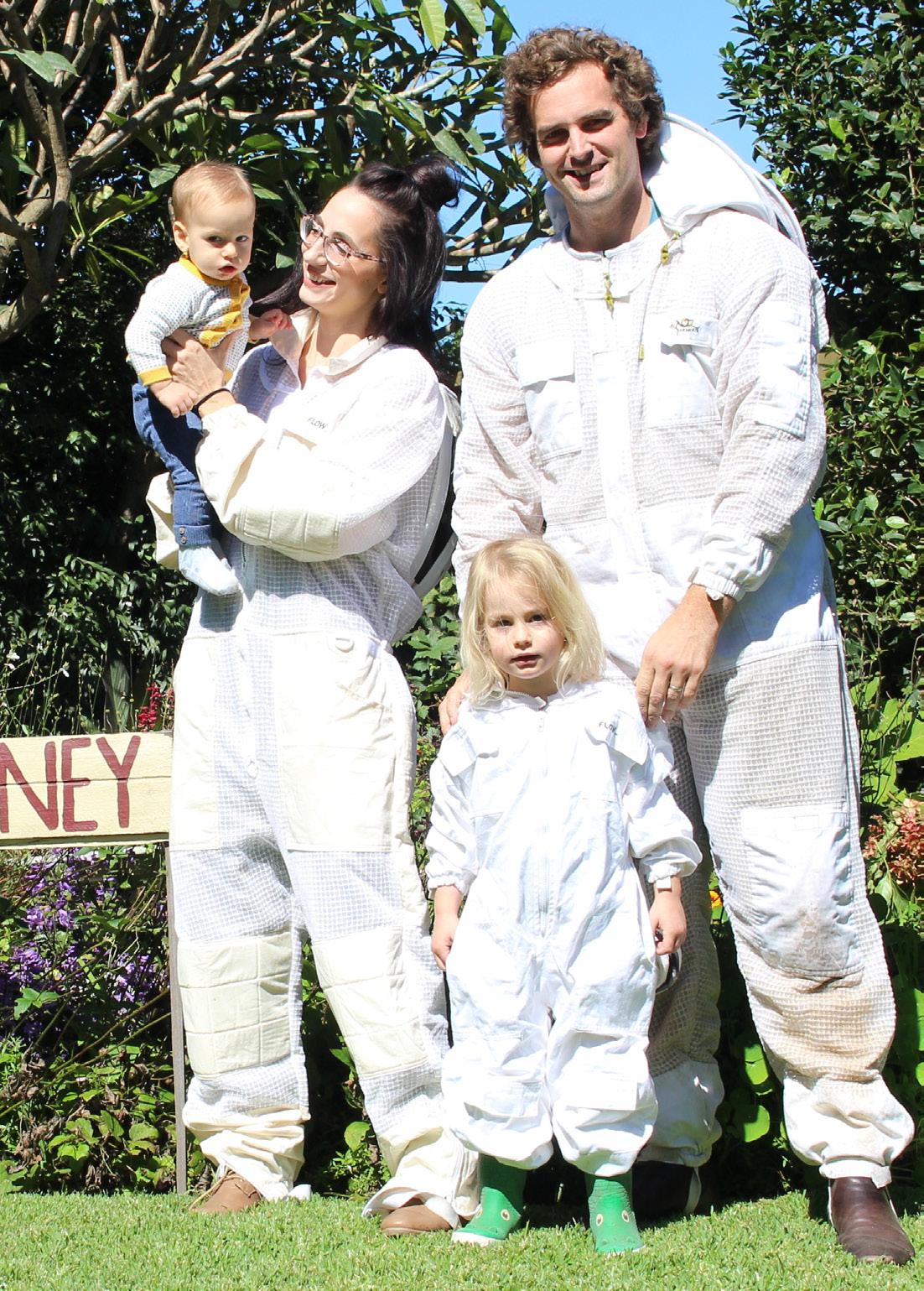
Q: How do you become a professional beekeeper?
Ben: I guess I am one, but I still see myself as an educator first. I’m a trained teacher and principal, but I took leave to pursue this full-time. Beekeeping is a lifelong learning process. There’s always something new to discover. Professional beekeepers understand that bees are wild creatures, and while there’s a harmony between us, they ultimately want to be left to do what they do best. Our role is to help them thrive, especially in a world full of new threats like pesticides, climate change, and habitat loss.
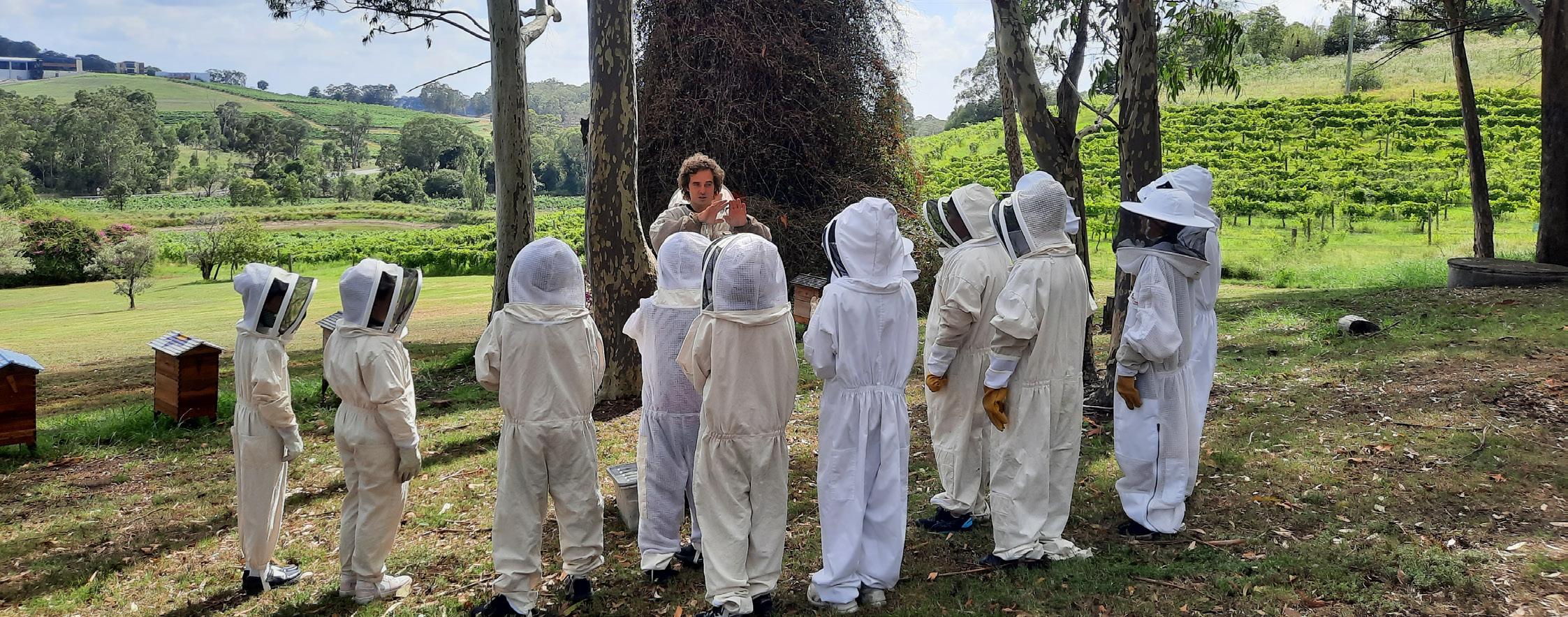
Q: What is the Humble Hive Collective?
Ben: It’s our business, but more importantly, it’s a movement that combines education, conservation, and community engagement. We run The Big Buzz, an initiative where schools take charge of their own beehives. Right now, we have over 30 school hives across the Hunter region. We also run programs on endangered species, like seahorses and wombats, and even an agricultural project where kids take over a farm to grow potatoes. It’s all about giving young people hands-on experiences with nature.
Q: How did you get involved with the Red Frog Care Farm?
Ben: Rochelle and Dave (from Red Frog for Families) attended one of our beekeeping experiences at a lavender farm. They saw an opportunity to bring this experience to their own community. We started with one hive, built with the kids’ help, and now they have three hives, producing honey that supports the farm. The sessions are structured as immersive experiences as the kids aren’t there every day like in a traditional school setting.
Q: What transformation do you see in kids after a beekeeping session?
Ben: It’s amazing to watch. At first, most kids are nervous—some stand way back, others are super curious. But by the end, they walk away a foot taller with confidence. Beekeeping provides a structured challenge where kids can safely face and overcome their fears. That’s powerful for their self-esteem and well-being.
Q: What’s the biggest thing you hope people take away from your programs?
Ben: An appreciation for nature. Bees are just one piece of a massive ecosystem. The more we learn about them, the more questions we have—it’s endless. I want people to feel a curious love of learning, whether about bees, wombats, or any other part of the natural world.
Q: Can you tell us about Project Humble?
Ben: Project Humble is our umbrella education program for schools and community groups. It includes:
• The Big Buzz (European honeybee education)
• Guardians of the Buzz (Native bee conservation)
• Seahorse Project (Helping restore habitats for endangered seahorses in Port Stephens)
• Super Potatoes (Teaching kids about sustainable farming)
• Wombat Warriors (Creating solutions to help sick wombats recover from mange)
• Dragon Keeper (Focusing on bearded dragons and reptile habitats)
It’s all about firsthand learning with real-world impact.
Q: Is there a difference between supermarket honey and raw, local honey?
Ben: Absolutely. Honey should taste, smell, and look different depending on where it was collected. Supermarket honey is often heat-treated, which damages its nutrients. Raw, local honey keeps all its natural properties and is far more flavourful. The best honey is unprocessed, single-origin, and reflects the local flora.
Q: Do you have a favourite honey-based recipe?
Ben: We love honey straight from the hive. Honeycomb is a treat—it’s like bush chewing gum. Creamed honey is also great, but you need cold weather to make it. Mostly, we just love sharing the honey and the story behind it.
Q: We heard there’s a queen bee named Beyoncé?
Ben: Laughs Yep! Beyoncé was one of our most productive queens. She started in Byron Bay and outperformed every other colony. She’s probably onto her daughter queen by now, though. In a hive, when the queen stops smelling young, the colony picks her successor—brutal, but necessary for survival.
Q: Any last thoughts?
Ben: Just a big thank you to Red Frog for embracing this project. It’s amazing to see kids grow into confident beekeepers, completely at ease around the hives. Watching them go from nervous to fearless is incredible.
At the end of the day, beekeeping isn’t just about honey—it’s about community, education, and a deeper connection with nature. Whether you’re a bee enthusiast or just curious, there’s always more to learn from the hive. For more about Humble Hive Collective, visit their website or follow them on social media!
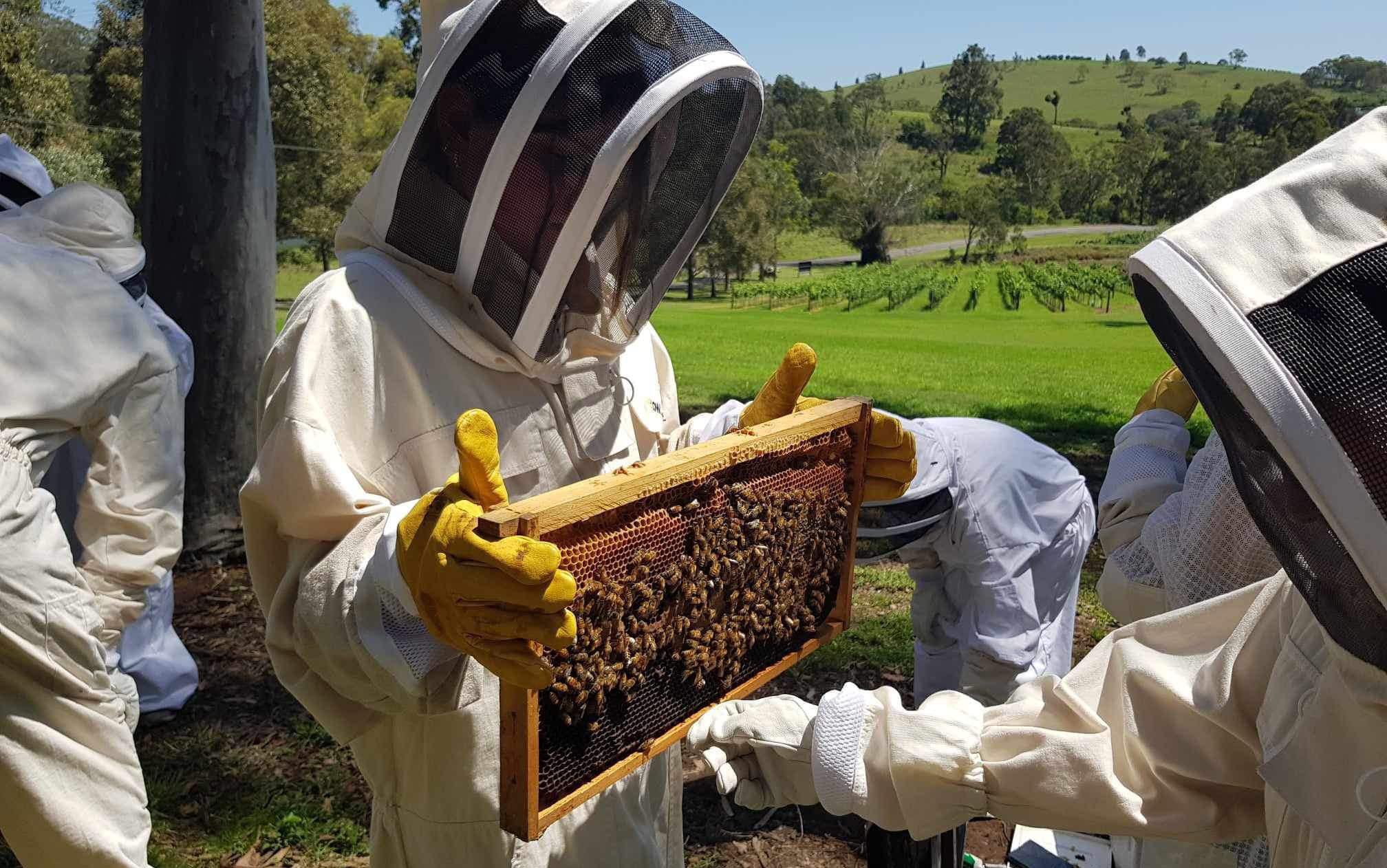
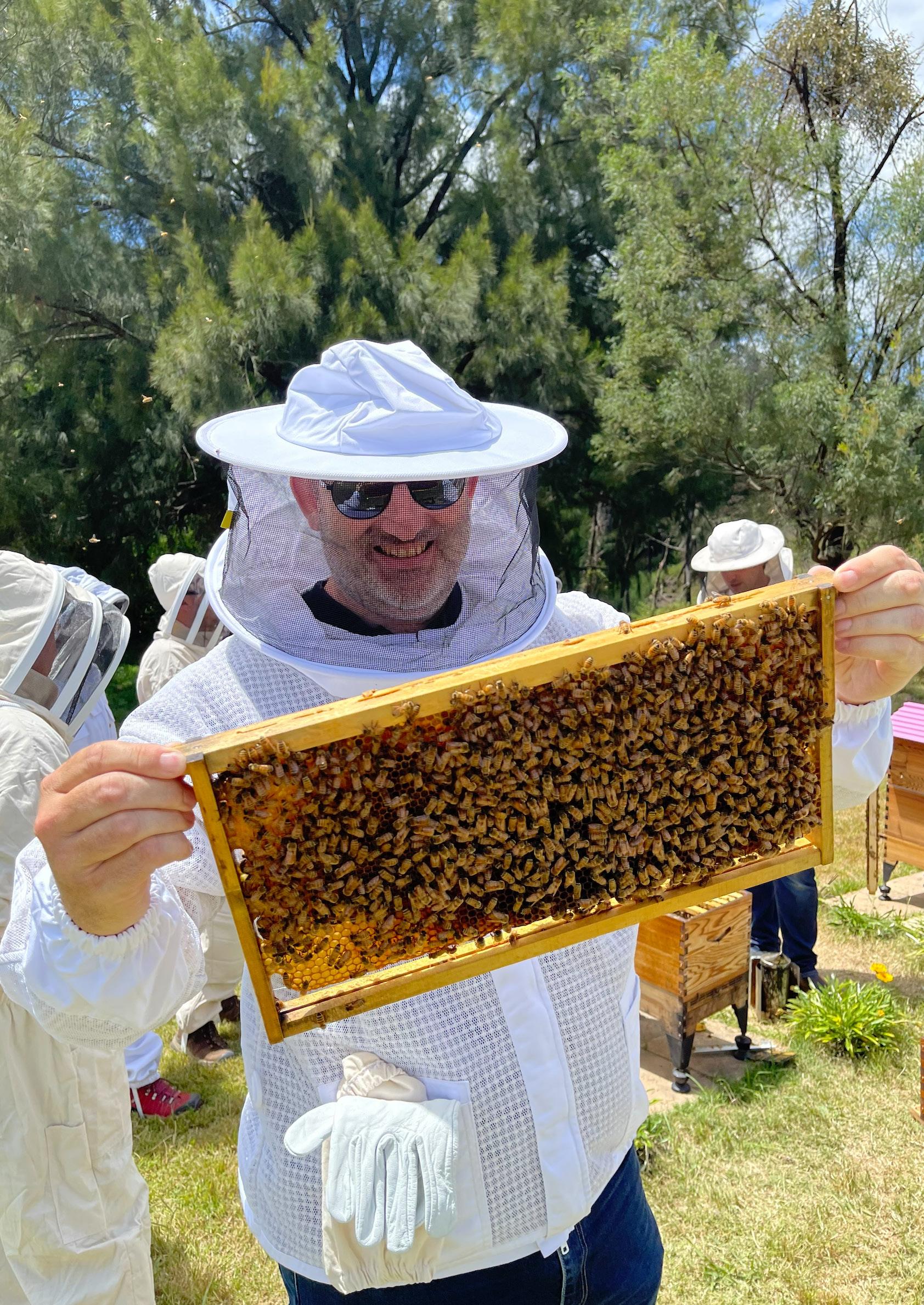
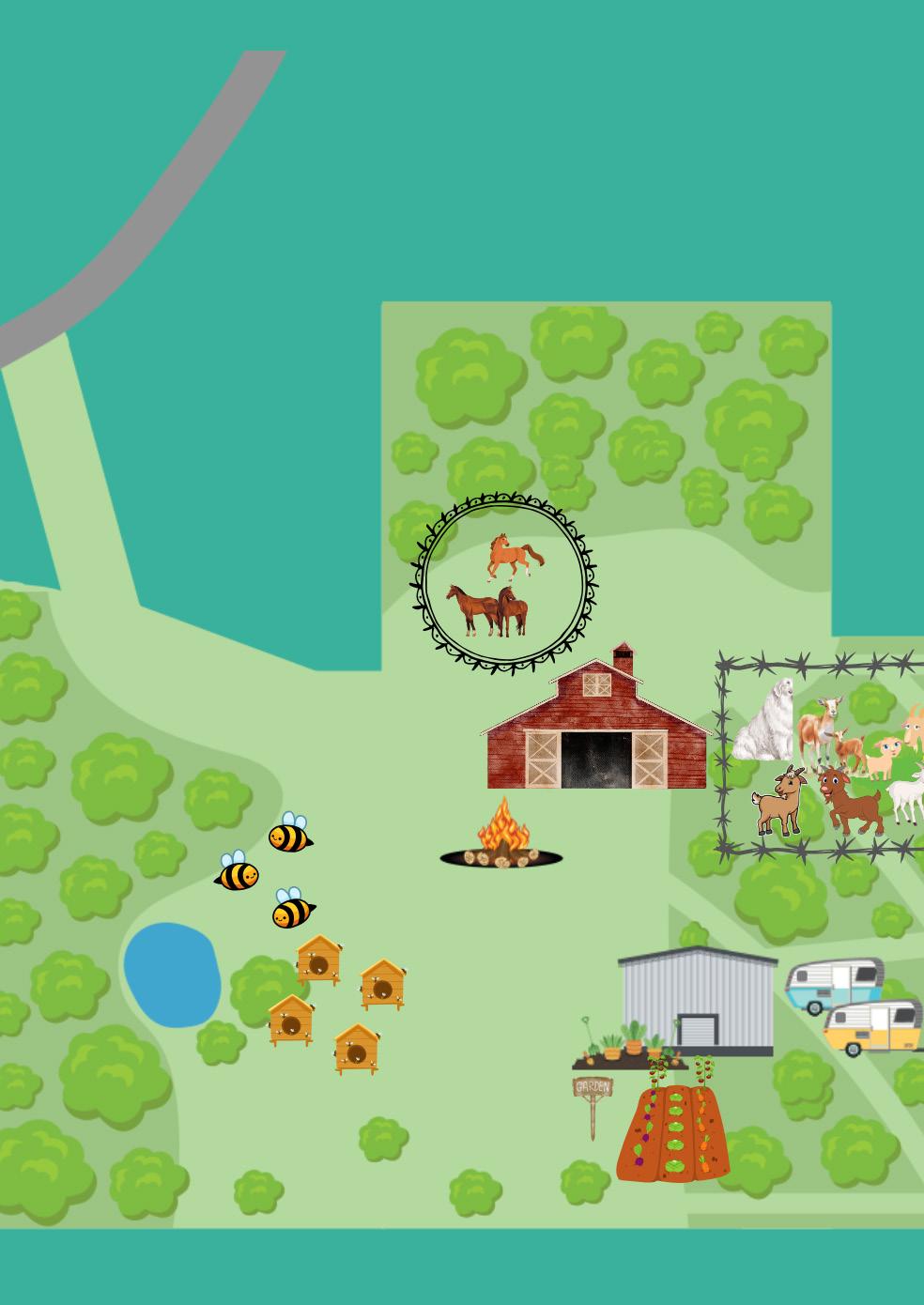
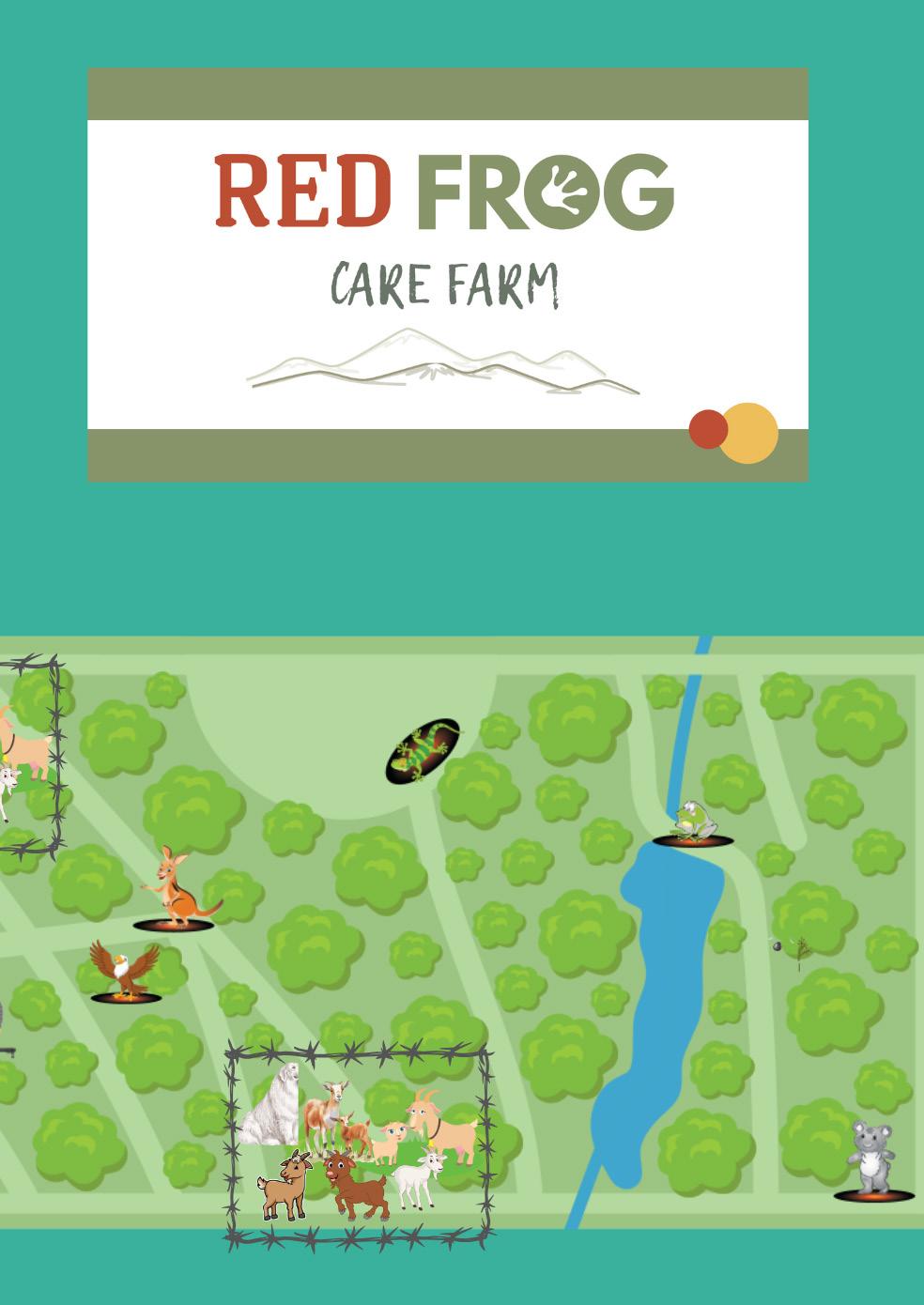
When people think of Newcastle, the first thing that often comes to mind is our stunning beaches. But beyond the golden sands, our city boasts some of the most incredible walking trails in the country—some well-loved and others hidden gems just waiting to be explored. Walking is not just about fitness; it’s also about engaging the senses. From the sound of waves crashing to the scent of eucalyptus in the bush, Newcastle’s trails offer a feast for the senses.
Our resident explorer, Alex, has picked his top five tracks perfect for sensory exploration, catering to all abilities.


One of Newcastle’s most beloved tracks, the Fernleigh Track is a shared pathway that attracts runners, families, and cyclists—all drawn by its lush natural surroundings. Originally a railway line connecting Belmont to Adamstown, the track has recently been extended to Murray’s Beach, making it even more accessible.
Difficulty: Easy (suitable for all abilities)
Distance: Approximately 15km (one way)
Sensory Highlights: The rhythmic crunch of gravel underfoot, the scent of damp earth, and the occasional call of kookaburras
Accessibility: Wheelchair and pram-friendly, smooth pathways
What to Expect: Serene bushland, native wildlife, and historical railway remnants
Parking & Amenities: Various access points with parking available; toilets at Belmont and Adamstown
ALEX’S HIGHLIGHT:
I love the echo in the tunnel as you walk through

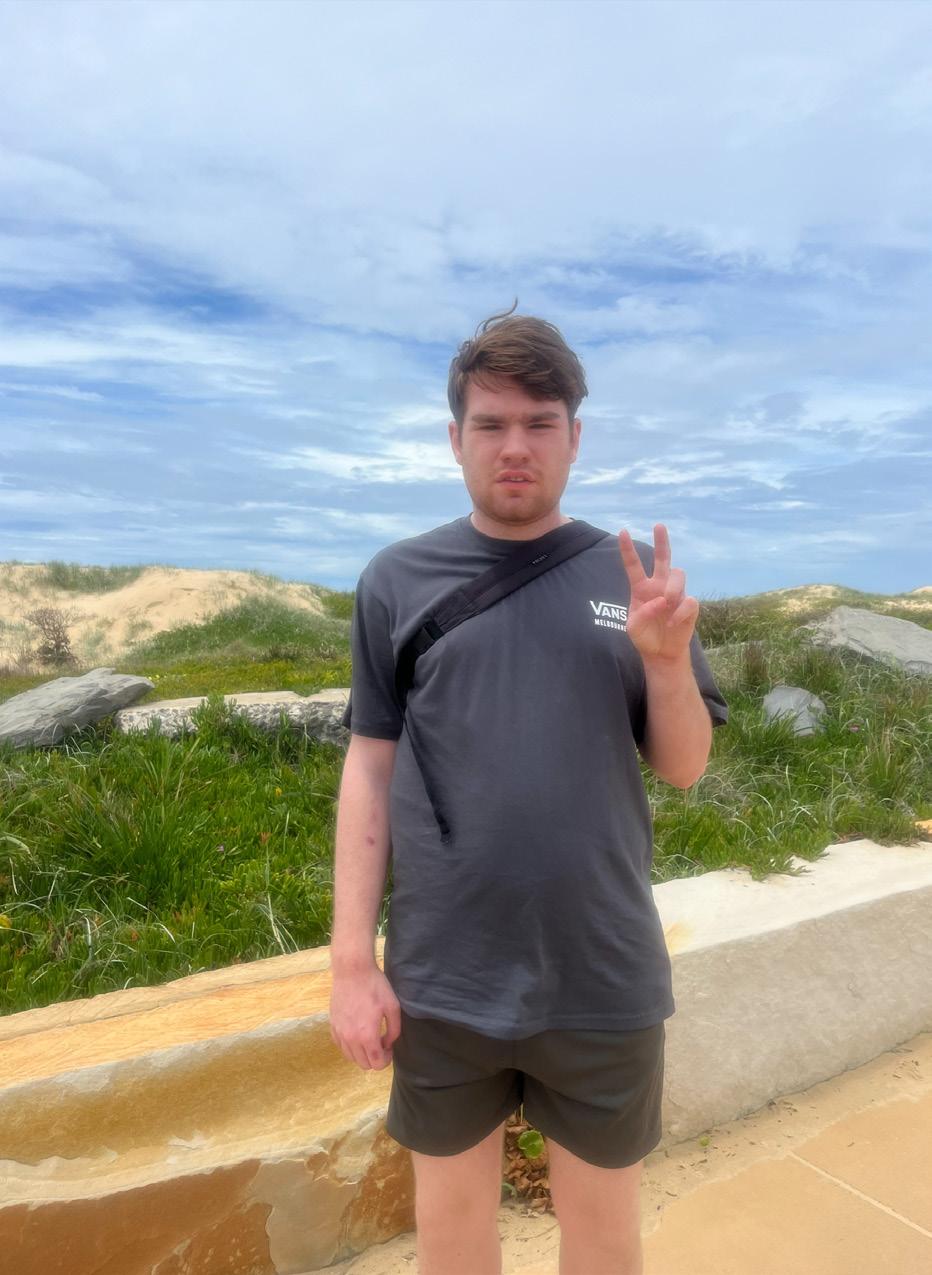
If you’re looking for a relaxing lakeside stroll, the Warner’s Bay Foreshore Trail is a fantastic choice. Stretching from Eleebana to Booragul, this scenic pathway follows the edge of Lake Macquarie, providing picturesque views and plenty of spots to take a break.
Difficulty: Easy (flat, co-shared track for pedestrians and cyclists)
Distance: Approximately 9km (one way)
Sensory Highlights: The gentle lapping of the lake, cool breezes, and the scent of freshly brewed coffee from nearby cafes
Accessibility: Wheelchair and pram-friendly
What to Expect: Waterfront views, shady picnic spots, public art installations
Parking & Amenities: Ample parking at Warner’s Bay, Eleebana, and Booragul; multiple cafes along the trail
ALEX’S HIGHLIGHT: I love sitting amongst the amazing art installations along the foreshore
Those who want to soak in Newcastle’s coastal beauty, this trail offers breathtaking ocean and harbour views. Starting at Strzelecki Lookout, this walk winds through King Edward Park, past Newcastle Beach and Ocean Baths, before finishing at Nobbys Beach.
Difficulty: Moderate (some hills and stairs)
Distance: Approximately 3.5km (one way)
Sensory Highlights: The salty sea breeze, crashing waves, and the vibrant colours of wildflowers in King Edward Park
Accessibility: Not fully wheelchair-friendly due to inclines and stairs
What to Expect: Stunning coastal views, heritage sites, whale-watching opportunities (seasonal)
Parking & Amenities: Limited parking at Strzelecki Lookout; toilets and cafes near Newcastle Beach
ALEX’S HIGHLIGHT: I love being splashed by the waves and the sea breeze in my hair
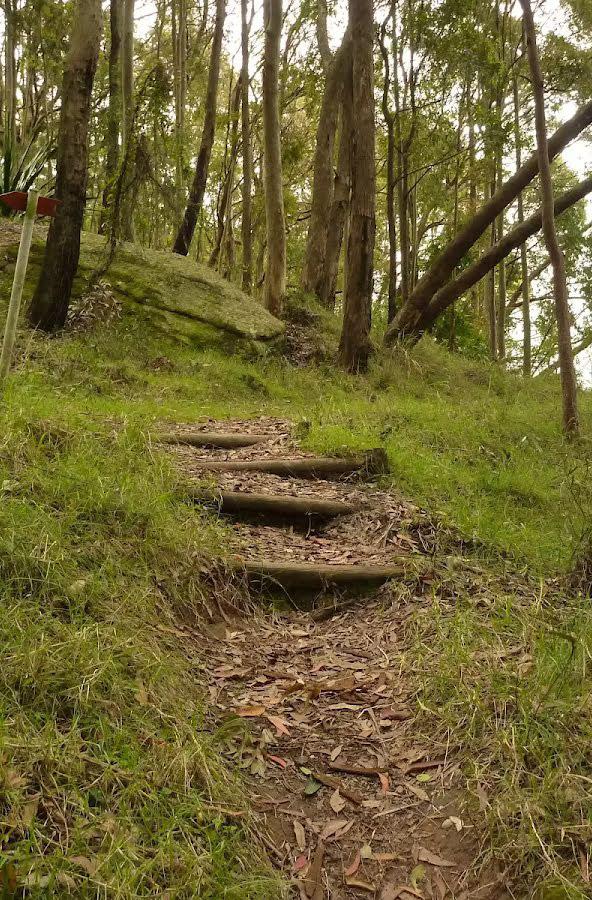
5. BLACKBUTT CIRCUIT WALK
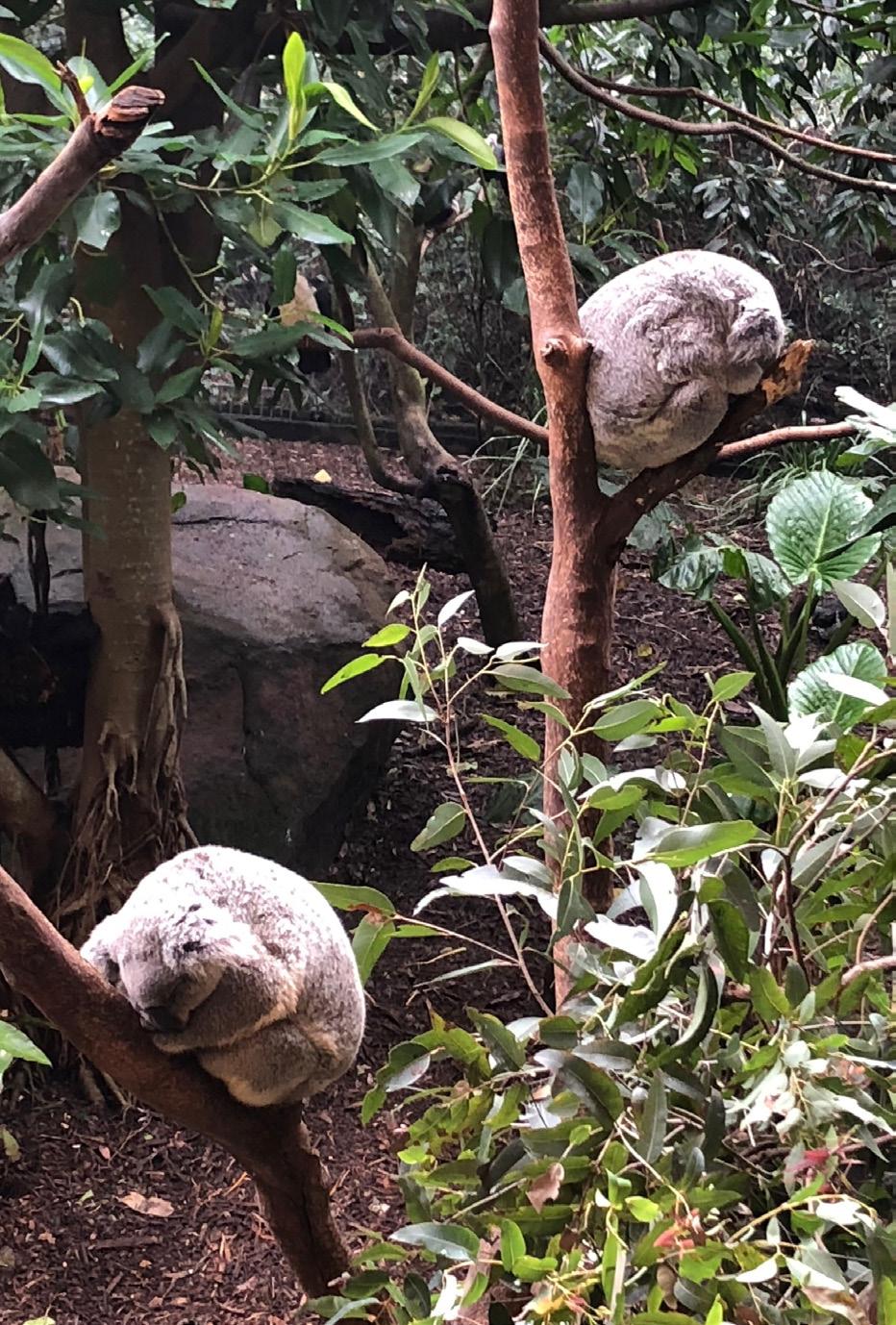
For those seeking an escape into the bush, Mount Sugarloaf’s Northern Track provides a peaceful retreat away from the city. Start at the Mount Sugarloaf Carpark and embark on a 3.8km circuit that takes you through quiet forest trails with rewarding views at the summit.
Difficulty: Moderate (some uneven terrain)
Distance: 3.8km (circuit)
Sensory Highlights: The scent of eucalyptus, the crunch of leaves underfoot, and the distant sound of birdsong
Accessibility: Not suitable for wheelchairs or prams
Parking & Amenities: Ample parking at Blackbutt Reserve; café and toilets available 4.
What to Expect: Eucalyptus forests, birdwatching, panoramic Hunter Valley views
Parking & Amenities: Free parking at Mount Sugarloaf Carpark; no cafes nearby, so bring your own snacks
ALEX’S HIGHLIGHT:
It is just a new adventure everytime
A nature lover’s paradise, Blackbutt Reserve is well known for its wildlife and picnic areas, but it also offers fantastic walking tracks. The Tall Trees Walk is a perfect option for families wanting an easy but sensory-rich trail through towering native bushland.
Difficulty: Easy (great for families)
Distance: Approximately 1.5km (loop)
Sensory Highlights: The earthy scent of the forest, the sight of koalas and wallabies, and the feel of textured bark
Accessibility: Some areas suitable for prams and wheelchairs
What to Expect: Native wildlife (koalas, wallabies, birds), towering gum trees, picnic spots
ALEX’S HIGHLIGHT: Watching the koalas snooze
At Red Frog for Families, creating a world where everyone feels connected and valued is at the heart of everything they do. One of the ways they can achieve this is through community access services, which helps individuals with disabilities engage in everyday activities and build meaningful connections. We sat down with Angela Lawrence, the Head of Business Operations at Red Frog for Families, to learn more about what community access means, why it matters, and how it can transform lives.
In this Q&A, Angie shares her insights, experiences, and hopes for a more inclusive community.

Q: To start, can you tell us what “community access” really means?
Angie: Of course! Community Access is all about supporting individuals with disabilities to engage in everyday activities within their community. It’s not just about getting out of the house—it’s about helping them feel connected, confident, and included. Whether it’s going for a coffee, attending a local event, or simply going for a walk in the park, community access makes sure everyone has an opportunity to participate fully in life.
Q: What kind of support do community access workers provide?
Angie: The support we provide is as unique as the individuals we work with. It might mean helping someone navigate a busy supermarket, supporting them in social settings, or practicing daily living skills like using public transport. Sometimes, it’s about being a friendly face at a café, helping them feel comfortable ordering a coffee, or managing sensory challenges in bustling environments.
We also support families. For example, if a parent needs a moment to catch up on household tasks or simply take a break, a support worker can engage their child in a fun, safe outing. It’s all about creating balance and support for the whole family.
Q: Why is community access so important?
Angie: It’s really about connection. We all need social interaction—it’s human nature! Unfortunately, barriers like anxiety, sensory sensitivities, or lack of transport can make it difficult for individuals with disabilities to get out and about. Community access removes those barriers, offering practical and emotional support so they can experience the joy of being part of their community.
Q: What are some common misconceptions about community access?
Angie: One of the biggest misconceptions I hear is that people with disabilities might prefer to stay in quiet, isolated environments because of social anxieties or sensory challenges. While it’s true that some settings can be overwhelming, that doesn’t mean they want to be left out. Just like anyone else, they want to connect, explore, and have new experiences—sometimes they just need a bit of support to get there.
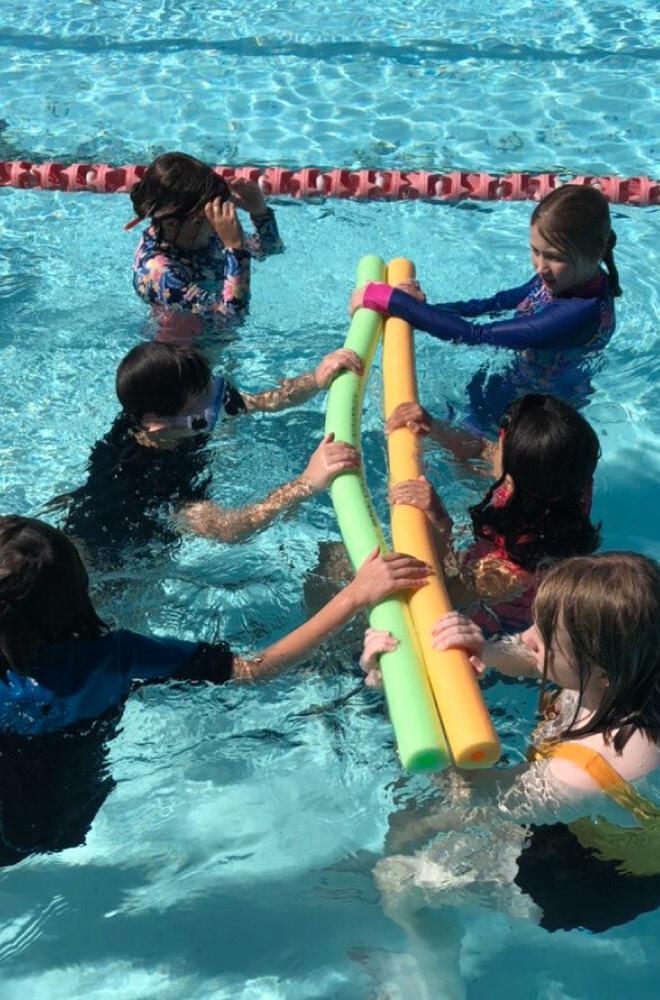
Q: Do you have a favourite success story to share?
Angie: Absolutely! One of the things I love most about my job is seeing those small but incredibly meaningful wins. Success looks different for everyone, and it’s not about comparing one person’s journey to another’s. For some, a huge milestone might be something as simple as ordering a coffee independently and sitting down to enjoy it without feeling overwhelmed. It might not seem important to most of us, but for that individual, it can be a monumental step toward independence and confidence.
I always say that a goal is a goal—there’s no such thing as a “small” achievement. What matters is the progress toward a person’s unique goals, no matter how big or small they might seem from the outside. Every step forward is worth celebrating because it represents growth, bravery, and resilience.
We often have participants who start with us feeling really anxious about engaging in everyday activities. Over time, with consistent support, we see them transform. They go from needing guidance in social settings to being able to walk into a coffee shop, order their drink, and maybe even strike up a conversation with the barista. It’s not just about the coffee—it’s about the confidence and the ability to feel comfortable in their community.
The beauty of community access is that it meets people where they are and helps them take that next step, whatever it might be. And it’s so rewarding to witness those moments where a participant feels proud of themselves—you can see it in their smile, and it’s just the best feeling in the world.
Q: How does Red Frog for Families approach community access differently?
Angie: At Red Frog for Families, we take a truly integrated approach to community access. It’s not just about matching a support worker with a participant— it’s about creating a support network that wraps around the individual and their family. We make sure our support workers are not only a good personality fit but also bring the right skills and expertise to meet the participant’s unique needs.
Many of our team members have university training in complementary fields like occupational therapy, social work, education, and psychology. This diverse expertise allows us to address a wide range of needs, from social and emotional support to practical skills development and therapeutic interventions.
What really sets us apart is the collaborative way we work. Our support workers aren’t operating in isolation—they have ongoing access to our therapy team. If they encounter a challenge with a participant, they can reach out for guidance, strategies, and tailored advice. This means our support workers are always learning and adapting to provide the highest quality care.
Our holistic approach also means we involve the participant’s family, carers, and any other professionals in their life. We create individualised support plans that consider every aspect of their well-being—social, emotional, physical, and practical. It’s about building confidence, encouraging independence, and ensuring that every step forward is meaningful and sustainable.
We believe that when everyone involved is on the same page, the participant feels safer, more supported, and genuinely empowered to thrive in their community.
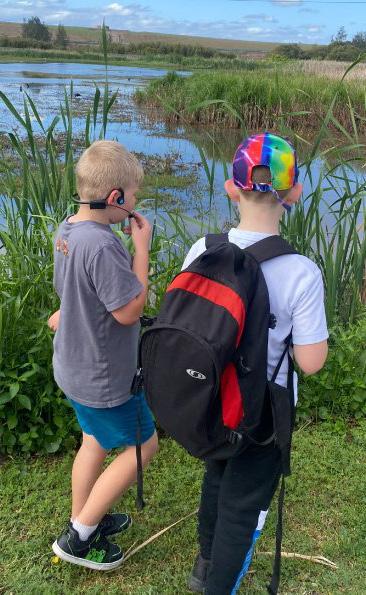
Q: How can families get started with accessing these services?
Angie: It’s super simple! Families can visit our website or call our clinic directly. From there, our participant support team will guide them through the intake process. We’ll set up an initial meeting with a therapist to create a persoanlised support plan and then match them with the right support worker. We try to make the entire process as welcoming and stress-free as possible.
Q: What areas do you currently service?
Angie: We’re currently supporting families in Newcastle, Lake Macquarie, and Port Stephens. However, if someone is a bit further out, we encourage them to get in touch—we’ll always do our best to help if we can.
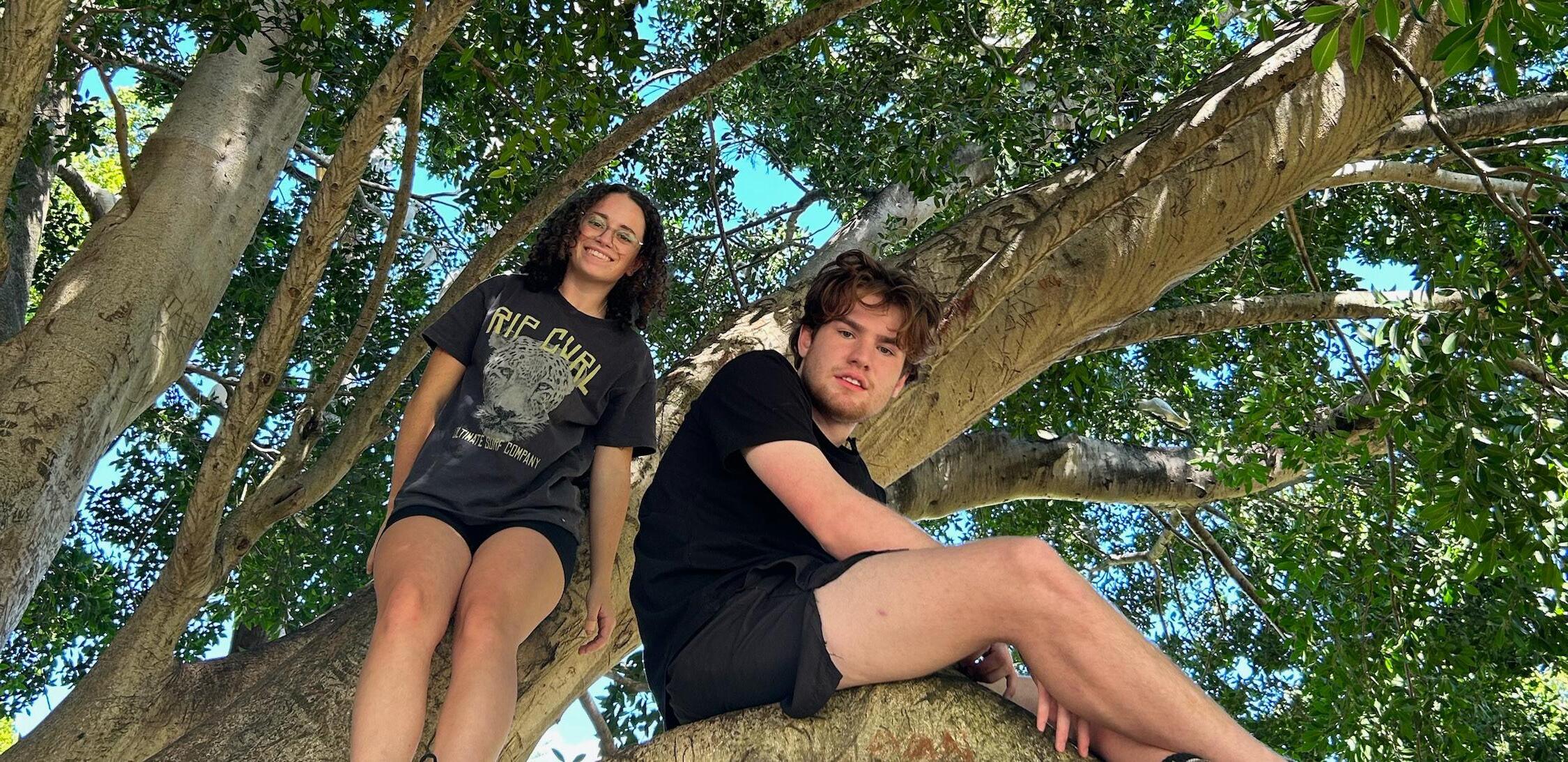
Q: Are there financial barriers to accessing community access services?
Angie: Navigating funding, like through the NDIS (National Disability Insurance Scheme), can definitely feel overwhelming. We’re here to help with that too! We work closely with families to ensure they’re making the most of their funding. Our focus is always on accessibility, finding ways to make sure everyone can access the support they need, even if budgets are tight.
Q: What advice do you have for families considering community access services?
Angie: Don’t hesitate to reach out and ask questions. It can feel like a big step, but our team is here to guide you through the process. Community access isn’t just about support—it’s about enhancing lives, building confidence, and creating opportunities for joy. Whether it’s helping someone feel comfortable in a busy café or guiding them through using public transport independently, every experience matters.
Q: Is there anything else you’d like to share about Red Frog for Families and community access?
Angie: I’d just like to say that at Red Frog for Families, we’re not just a service provider—we’re a family. Our founders, Rochelle and David have lived the journey of raising a child with a disability. This personal experience shapes our approach, ensuring that every participant is treated with genuine care and respect.
We believe in being part of your village—working alongside families to provide not only support but a sense of community and belonging. Our ultimate goal is to create a world where disability is not seen as a barrier but as an opportunity to celebrate diversity and connection.
If you’re curious about how community access could benefit your family, please don’t hesitate to reach out. We’d love to chat and see how we can support you on your journey.
Through Angie’s stories and insights, it’s clear that community access is about much more than just getting out and about—it’s about creating a life filled with connection, confidence, and joy. If you’d like to learn more or explore support options, Red Frog for Families is ready to help make those next steps a little easier.

Nature offers an incredible sensory playground for children, filled with textures, colours, and endless opportunities for creativity. These nature-based craft activities are not only fun but also provide sensory stimulation and support fine motor skills development—all while being inclusive and adaptable for children with disabilities. Gather your family, head outdoors, and bring nature’s treasures home for these delightful craft ideas!
What You Need:
• A variety of Autumn leaves in different shapes, sizes, and colours
• Large sheets of paper or cardboard
• Glue sticks or liquid glue.
• Optional: markers, crayons, or paint
How to Create:
• Take a nature walk to collect autumn leaves. Encourage kids to feel the different textures and observe the colours.
• Arrange the leaves on the paper to create fun shapes, patterns, or even a nature-inspired scene.
• Use glue to stick the leaves in place. Children can also draw or paint around the leaves to enhance their artwork.
Sensory Benefits:
• Touch: The tactile experience of handling leaves (smooth, crunchy, soft, brittle)
• Sight: Engaging with vibrant autumn colours
• Fine Motor Skills: Squeezing glue bottles and placing leaves with precision.
What You Need:
• Twigs and sticks of various lengths.
• Twine, rubber bands, or pipe cleaners.
• Fabric scraps, leaves, or natural fibres
• Markers or googly eyes (optional)
How to Create:
• Collect sticks from the backyard or during a nature walk. Look for sticks that resemble limbs and body parts.
• Use twine or pipe cleaners to bind the sticks together to form a stick person.
• Add fabric scraps or leaves as clothing and draw faces with markers or stick on googly eyes.
Sensory Benefits:
• Dexterity: Manipulating and positioning sticks
• Touch: Handling natural, textured materials
• Creativity: Designing unique stick characters

What You Need:
• Clear jars or plastic bottles
• Layers of natural materials (sand, dirt, pebbles, leaves, petals)
• A small funnel (optional)
How to Create:
• Go on a scavenger hunt to gather small natural items.
• Layer the materials in the jar, creating a beautiful earth-inspired display.
• Shake the jar gently to watch how the layers mix or keep them distinct.
Sensory Benefits:
• Visual Stimulation: Observing colours and layers.
• Touch: Pouring and layering materials
• Auditory: The sound of pebbles or dirt being poured

What You Need:
• Lightweight sticks or bamboo skewers
• Plastic bags, paper, or fabric
• String or twine.
• Tape or glue.
• Optional: markers or stickers for decoration
How to Create:
• Create a simple kite frame using sticks and secure it with tape or glue.
• Cut a piece of fabric or plastic bag to fit over the frame and attach it securely.
• Add a long string to fly the kite. Decorate as desired!
• Take it outside on a windy day and let your child experience the joy of flying their own handmade kite.
Sensory Benefits:
• Movement: Running with the kite
• Proprioception: Managing string tension
• Visual Stimulation: Watching the kite soar in the sky.
• Adapt tools and materials as needed (e.g., larger handles for glue sticks, non-toxic and allergy-safe materials)
• Break down each activity into small, manageable steps.
• Provide assistance where needed but allow for as much independent creativity as possible.
These sensory-rich, nature-based crafts not only bring the outdoors inside but also offer therapeutic benefits. They allow children of all abilities to express themselves creatively, explore sensory experiences, and connect with the world around them—all while having fun!
In this edition of Red Frog for Families, we’re celebrating books that inspire curiosity, creativity, and a connection to nature. These beautifully illustrated stories provide families with engaging ways to explore the world around them. Whether you’re looking for an interactive adventure, a mindful moment, or an educational journey, these books offer something special for every child.
BY SARAH JANE LIGHTFOOT
This delightful story follows the journey of a little bee as it flits through nature, pollinating flowers and making its way home. The story’s gentle rhythm and vibrant illustrations bring the importance of bees to life, making it the perfect companion to our feature on Ben the Bee Man and the Humble Hive Collective. Young readers will learn about the crucial role of bees in our ecosystem while enjoying a heartwarming tale of discovery and purpose.
Watch a read-aloud here.
Find out more.
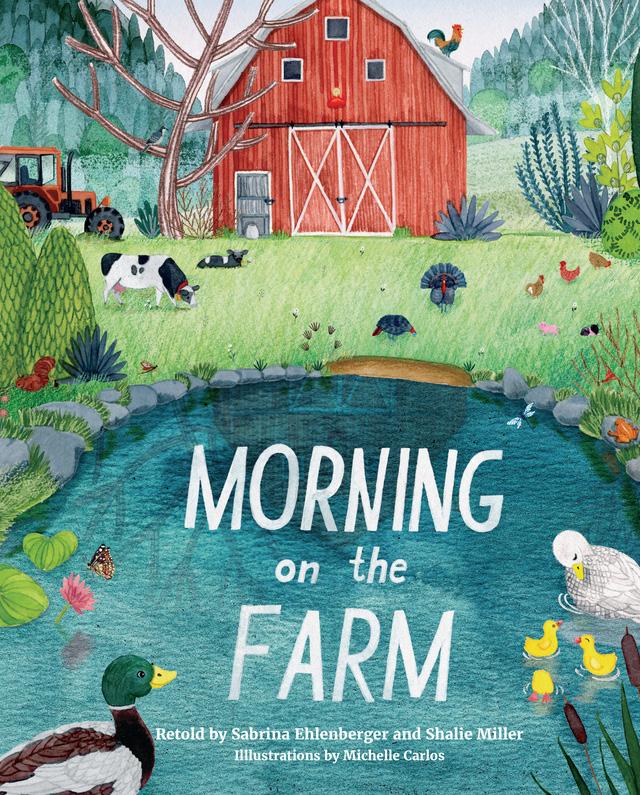

BY SABRINA EHLENBERGER & SHALIE MILLER
A charming story that takes children on a journey through a busy morning at the farm, this book aligns beautifully with our focus on the Red Frog for Families Care Farm. Through engaging storytelling and lively illustrations, kids will learn about farm life, the animals that call it home, and the joy of working together to care for nature. This book is a great way to introduce young readers to the benefits of farm-based learning and outdoor play.
Find out more.
FREYA HARTAS
In a fast-paced world, Slow Down invites families to take a breath and appreciate the little wonders of nature. This beautifully illustrated book features 50 short nature stories that encourage mindfulness and an appreciation for the outdoors. Whether it’s the flutter of a butterfly’s wings or the slow unfolding of a flower, these moments remind us of the importance of pausing, observing, and enjoying nature’s rhythm. This book ties in seamlessly with our discussion on the benefits of nature-based therapy.
Take a peek inside.
Find out more.

Created by local authors, this interactive book Illustrated by Chrissy McYoung, takes children on an exciting journey through Lake Macquarie, offering fun-filled activities and beautifully illustrated pages to spark their imagination. With puzzles, games, and opportunities to explore, it’s more than just a book—it’s an adventure waiting to happen! Whether you’re a local family or a visitor looking to discover the area, this book is a fantastic way to inspire a love for exploration and creativity in young minds.
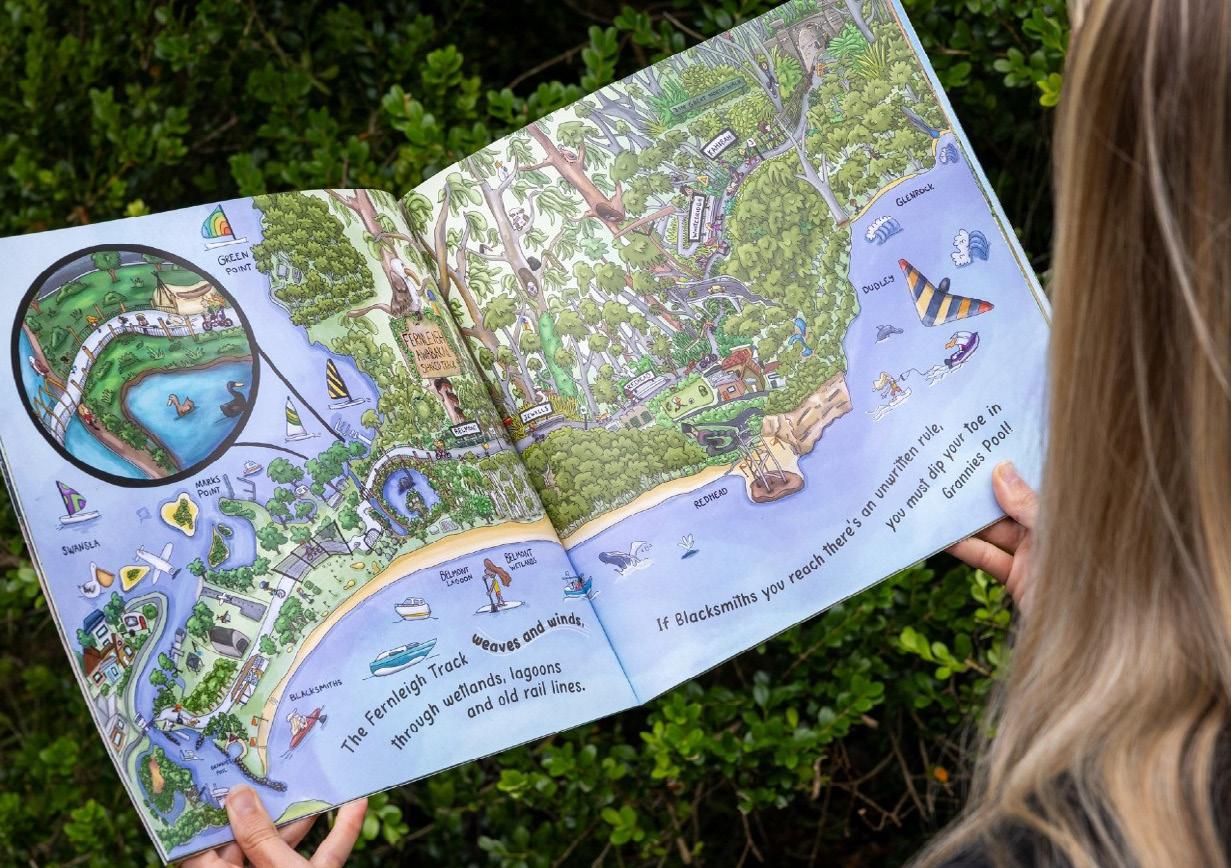
Each of these books offers a unique way to connect with nature, embrace learning, and create special moments with your child. Whether through storytelling, interactive play, or mindfulness, these stories embody the heart of what we strive for at Red Frog for Families—a world where all children can care, connect, and be empowered through the magic of books and nature.
In a world where screens and schedules often dictate our daily lives, taking a step back and immersing ourselves in nature can be a transformative experience—especially for children. A Care Farm Day is designed to do just that, offering families an opportunity to reconnect with the natural world through firsthand experiences, adventure, and exploration. Here is what you can expect from a Red Frog For Families Care Farm Day.
Imagine a place where kids can run free, explore, learn, and connect with nature in a meaningful way. That’s exactly what Care Farm Day is all about! This unique experience offers families and children the opportunity to step away from screens, breathe in the fresh air, and embrace hands-on activities that teach, inspire, and create unforgettable memories.
A day at the Care Farm is all about immersion in nature and farm life, with activities designed to be fun, engaging, and educational. Whether it’s bushwalking through the countryside, getting hands-on in the vegetable garden, or interacting with the farm’s friendly animals, there’s something for everyone to enjoy.
Get up close with the farm’s gentle horses, feed and care for the baby chickens, and cuddle with the playful puppies. It’s a great way for children to learn about animal care, responsibility, and kindness towards all creatures.
Step into a thriving vegetable garden, where participants can dig, plant, and harvest, learning how fresh food grows. This hands-on experience helps foster an appreciation for nature, sustainability, and healthy eating.
Ever wondered what it’s like to be a beekeeper? Suit up in a beekeeper’s outfit and safely observe the busy bees at work, learning about their essential role in pollination and food production.
Explore the natural surroundings on a guided bushwalk, where kids can discover different plants, listen to the sounds of the bush, and learn how to navigate through nature.
From painting inspired by nature to learning traditional bushcraft skills, children will have plenty of opportunities to express their creativity and try something new.
Care Farm Day isn’t just about fun—it’s about teaching children to appreciate the natural world, build confidence, and experience the joy of handson learning. Every activity is designed to engage the senses, encourage curiosity, and create lasting memories for families.
See you at the Care Farm!
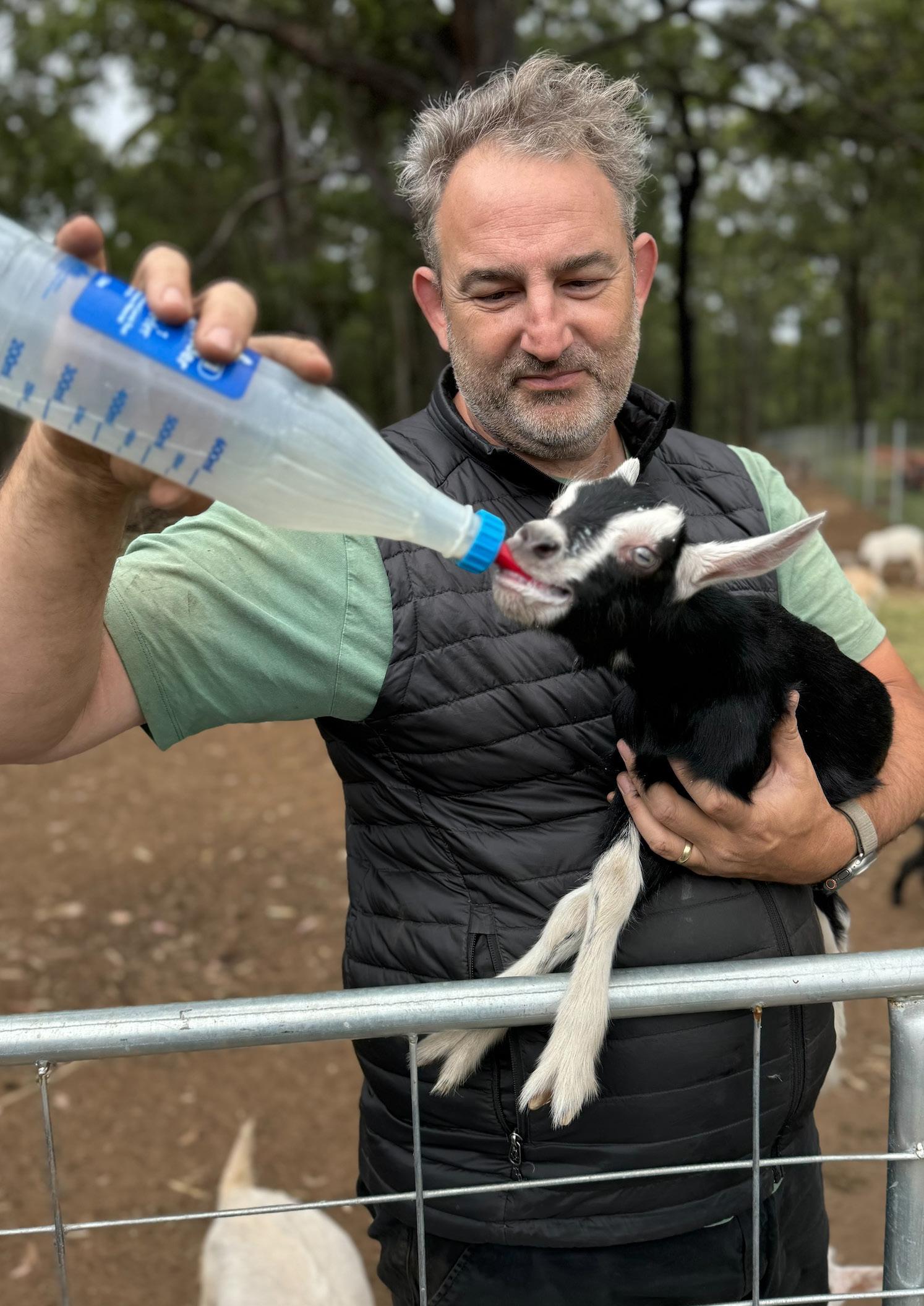
More than just a day out, a Care Farm Day is about giving children a hands-on experience with nature—bushwalking, caring for animals, exploring, and engaging in real-life farm activities. It’s about slowing down, appreciating the outdoors, and building confidence in an environment full of adventure and discovery. For families looking to step away from the fast-paced digital world and into a space where learning happens naturally, a Care Farm Day offers the perfect balance of fun, education, and connection with the world around us.
Are you ready to get your hands dirty and experience the magic of nature?
Your go-to spot for games, activities, and crafts that bring fun and connection for kids of all ages and abilities. From brain teasers to creative challenges, there’s something for everyone to enjoy. So grab your thinking caps and let the fun begin!
Answers to quiz questions are on page 39.
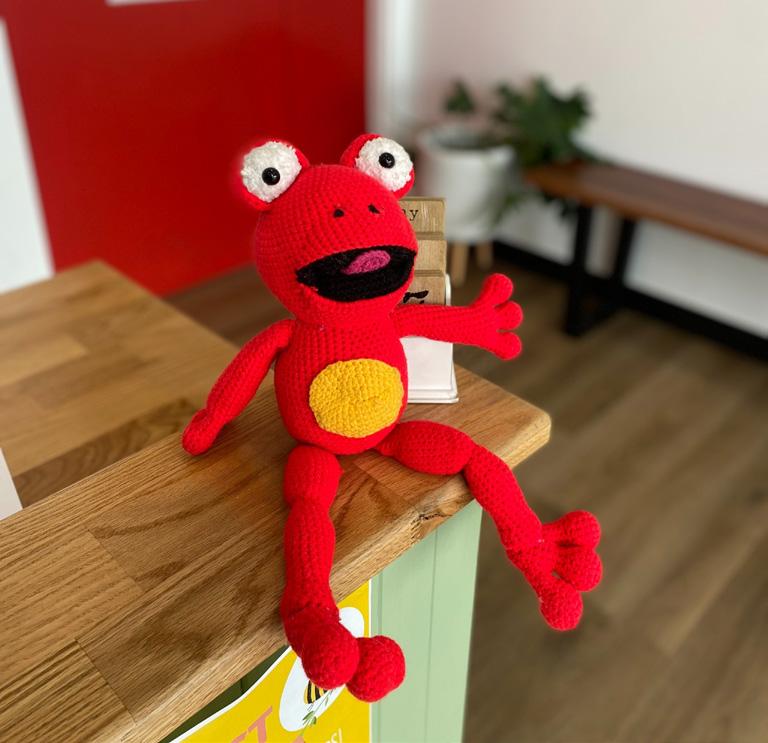
What are baby goats called?
A) Pups
B) Kittens
C) Kids
D) Calves
How many stomachs do goats have?
A) 1
B) 2
C) 3
D) 4
What shape are a goat’s pupils?
A) Circle
B) Rectangle
C) Star
D) Triangle
What do you call a female goat?
A) Billy
B) Nanny
C) Mare
D) Cow
Where do mountain goats like to live?
A) The ocean
B) The desert
C) The mountains
D) The jungle
How do bees communicate with each other?
a) By talking
b) By using smells and vibrations
c) By clapping their wings
What does it mean if you smell bananas near a beehive?
a) The bees are happy
b) The bees are warning each other of danger
c) The bees are hungry
What special dance do bees do to tell each other where food is?
a) The Cha-Cha
b) The Moonwalk
c) The Waggle Dance
How far do bees fly to make one jar of honey?
a) As far as flying around the world 1.5 times
b) As far as a short walk in the park
c) Just around their hive
Why are bees important to plants?
a) They help spread pollen so plants can grow
b) They eat the leaves to keep plants small
c) They dig holes to help roots grow
Where do horses live?
In neighhh-bourhoods
What do you call a rooster that’s good at maths?
A mathema-chicken
How do you count cows? With a cow-culator
What is more amazing than a talking dog? A spelling bee
Why are fish so smart? Because they live in schools
What are baby goats called?
C) Kids
How many stomachs do goats have?
D) 4
What shape are a goat’s pupils?
B) Rectangle
What do you call a female goat?
B) Nanny
Where do mountain goats like to live?
C) The mountains
How do bees communicate with each other?
b) By using smells and vibrations
What does it mean if you smell bananas near a beehive?
b) The bees are warning each other of danger
What special dance do bees do to tell each other where food is?
c) The Waggle Dance
How far do bees fly to make one jar of honey?
a) As far as flying around the world 1.5 times
Why are bees important to plants?
a) They help spread pollen so plants can grow
